Editor’s Note: This post is written by a member of LTV’s sponsored content team, The Leisure Explorers. Do you own a Leisure Travel Van and enjoy writing? Learn more about joining the team.
We have owned our Unity Island Bed for almost seven years now, and we’ve recognized that everyone has a different travel style. We mainly like to visit state, provincial, and national parks because we figure the park is there to protect something special, and we’d like to find out what is special about that location. The reasons for the parks vary from geologic uniqueness to historical reasons to outdoor activities like hiking and mountain biking. If this is similar to your travel style, you will likely enjoy this story.
As snowbirds, we were trying to find places in the south to visit this year, and we decided to spend more time in Texas to visit some of the state parks. In a three-month span from December through the end of February, we visited 22 Texas state parks.
Texas State Parks have an informative website as well as a mobile app you can use when offline, and they even have a booklet with all the park info and a map of all the park locations. If you do plan to visit Texas State Parks, the best investment you can make is to buy the annual Texas State Park pass. When we booked our first reservation online (no reservation fees are charged, which is nice), we added the park pass to our account, and it automatically applied all the discounts to this and to future reservations. In 2022/2023, the pass only cost $70 USD, and in essence, we saved more than that in the first week. The pass saves you all the park day use fees, and your second night of camping in each park is half-price. We averaged around $16 USD per night to stay at the parks with electric and water hookups, which we felt was a pretty good deal!
Sea Rim State Park
We started on the eastern side of Texas with Sea Rim State Park, which was right along the gulf coast. If you enjoy beach locations, this is a great park to visit. One day we rode our mountain bikes 7 kilometers east and then returned. Another day we rode 9 kilometers west along the beach and then returned.

They also have the Gambusia Nature Trail in the park, which goes through the swamp/marsh area, but it was damaged in one of the hurricanes, and they were rebuilding it, so it was closed when we were there. The only issue with this park was that we got abnormally warm weather when we were there in early December, and the mosquitoes were bad at the campsites. Thankfully on the beach, there weren’t any, so we spent a lot of time there.
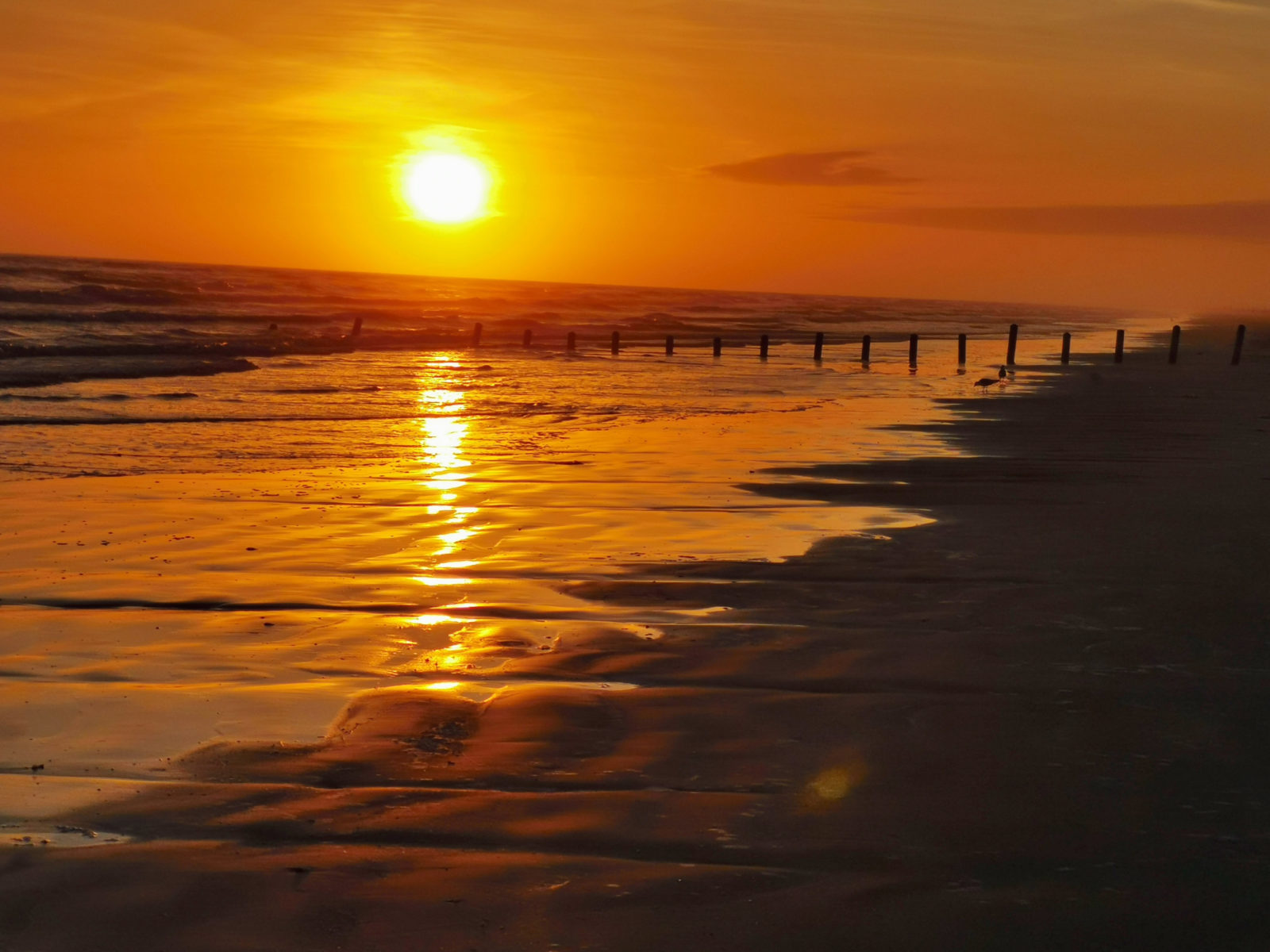
Galveston Island State Park
After a short ferry ride, we reached Galveston Island State Park. This park has campsites on the bay and the gulf side, and we had stayed on the bay side the last time, so this time, we booked on the gulf side. It’s a short walk to the beach, and whether you go east or west, you will find lots of housing developments, very different than Sea Rim.

We walked along the beach one day, rode our bikes to Isla del Sol another, and then did a ride on the trails on the bay side another day. The bayside also had a fair number of mosquitoes as it had rained that morning, and they were all out looking for a meal.
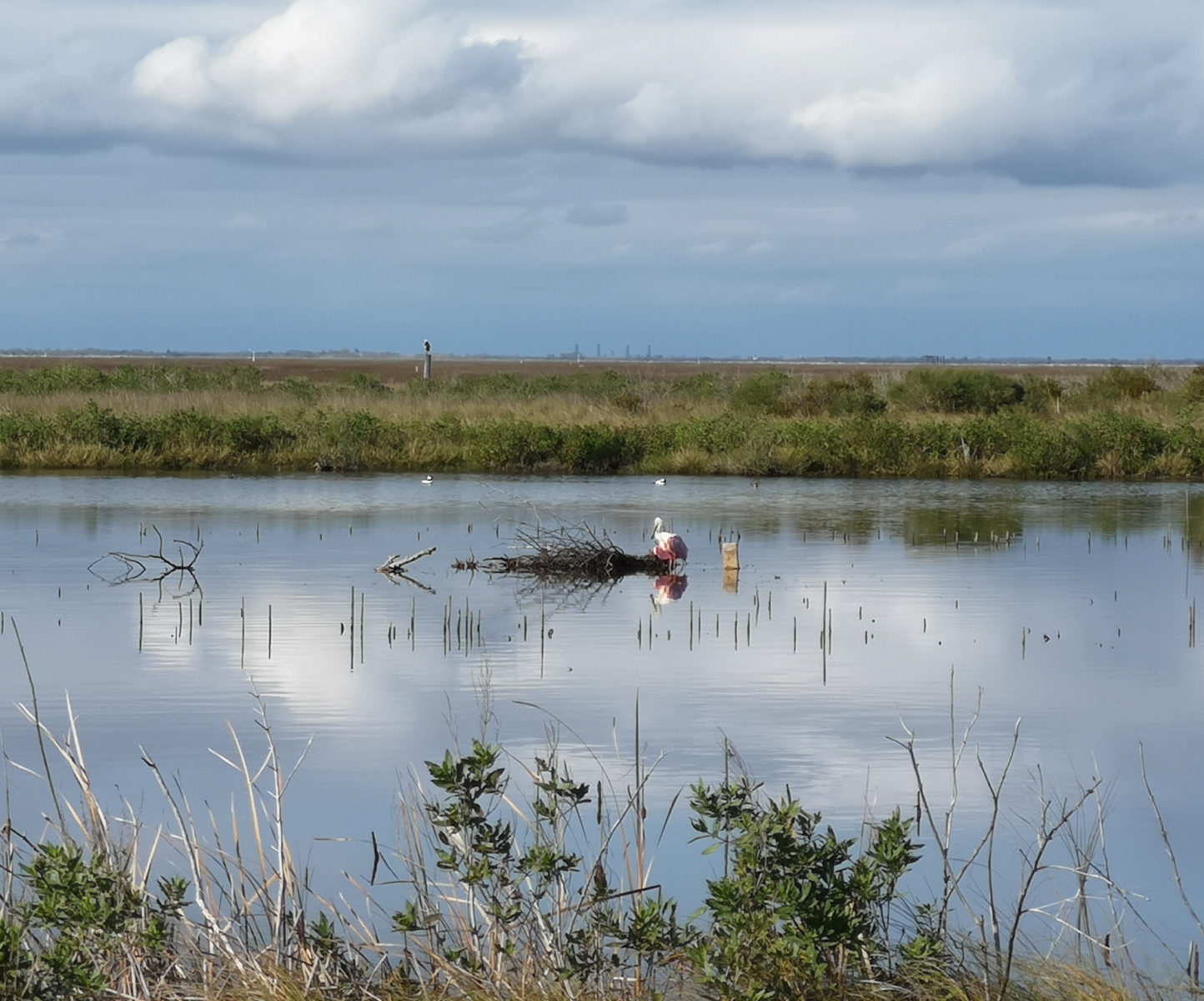
Goose Island State Park
Next along the coast is Goose Island State Park, which does have campsites along the water, but there is no beach. When we were there, it was duck hunting season, so you will hear the airboats going out very early in the morning. There are also a lot of fishing charters that leave from the state park dock. This means you will see lots of Pelicans as they try to get scraps left behind.

One of the most interesting things to do in this park is see “The Big Tree.” The tree was named the Texas State Champion Virginia Live Oak in 1969 and held that title until 2003, when a larger tree was found in Brazoria County. Recent estimates show the tree is close to 2,000 years old, and it has a circumference of over 35 feet, a height of 45 feet, and the spread of the crown is 90 feet!
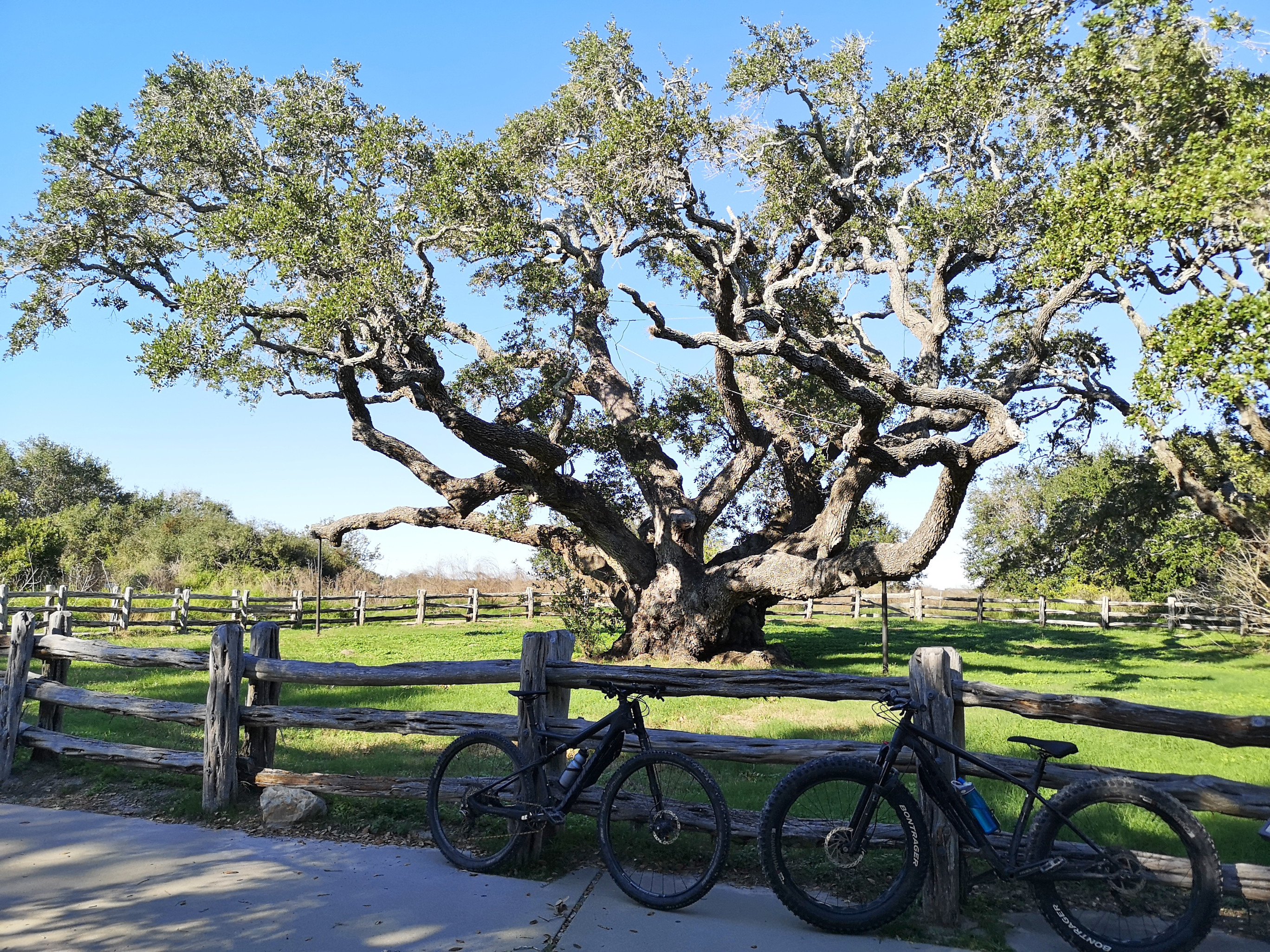
Another fascinating thing to do is to see the whooping cranes. They fly down from Wood Buffalo National Park in Canada to stay through the winter in a field near the Big Tree. We got incredibly lucky this time as when we rode our bikes by the field, three of them took off, and we got a photo of them in flight!
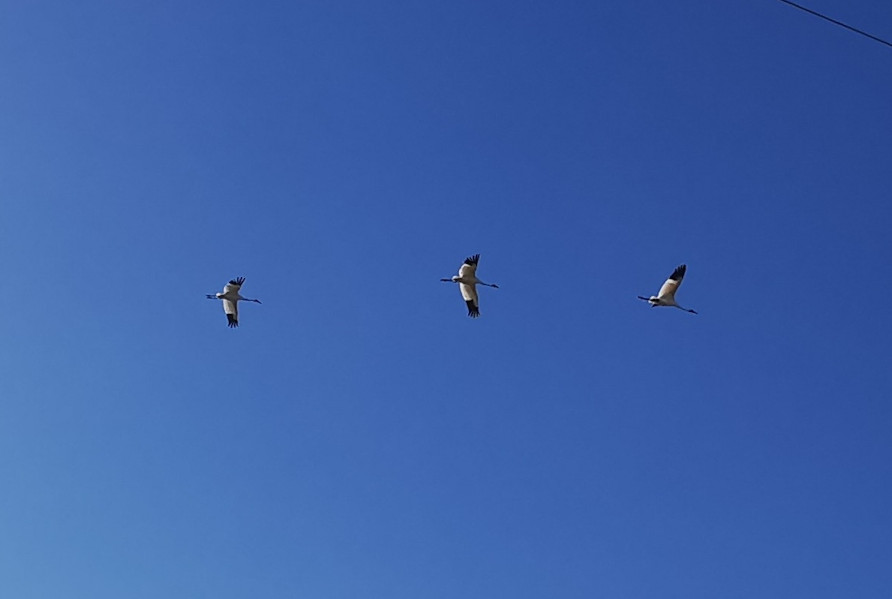
Mustang Island State Park
The quickest route to get to Mustang Island State Park is to take a free short ferry ride across to the town of Port Aransas. Mustang Island was named after the wild horses that came ashore from shipwrecks and Spanish expeditions. Robert Ainsworth Mercer was the first white settler on the island from 1799-1875. The island was abandoned during the civil war as the USS Arthur was stationed to block the Aransas Pass. In the 1920s sportsmen and tourism started to flourish on the island, and by 1929, the ferry was put in place to grow the economy.
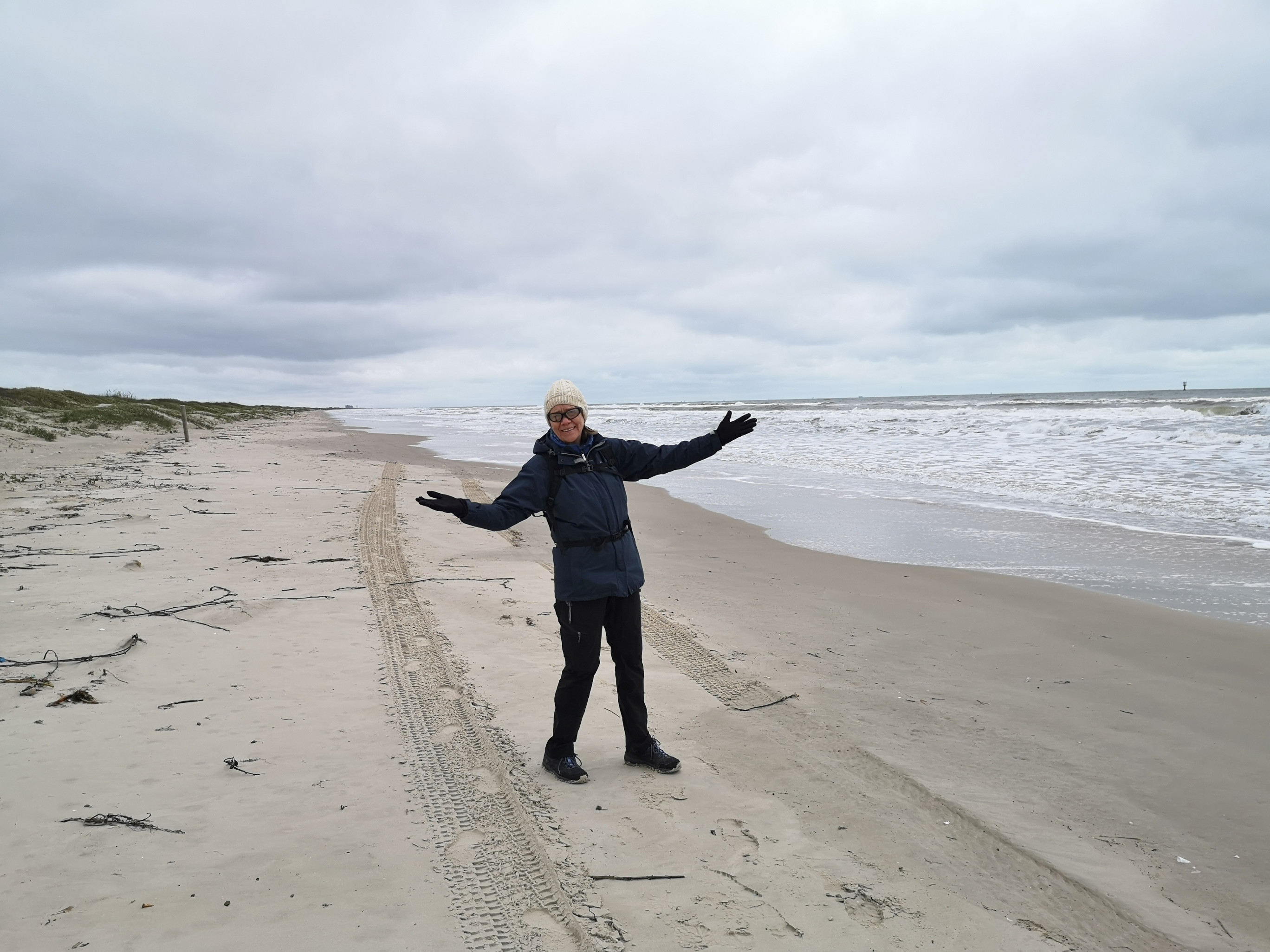
The beach was good for walking and shell collecting. We always check with the rangers if there are any programs/events going on while we’re in the park and at Mustang Island they had a guided walk along the beach one day and a water colour painting class the next day.

A cold snap came through on our last day at this park, and we actually had to winterize the RV since we were going to have four nights in a row with low 20’s F every night. Luckily, we had brought antifreeze with us from home as it was all sold out in the local stores as people tried to protect their pipes.
Lake Corpus Christi State Park
Moving inland to Lake Corpus Christi State Park, this was the first park on this trip where we saw some of the CCC (Civilian Conservation Corps) work. Franklin D. Roosevelt established the CCC during the Great Depression as a way for single men between 18 and 25 to enlist in work programs to improve America’s public lands, forests, and parks.
At Lake Corpus Christi, they built the building nicknamed “The Castle” (circa 1934-1935) with a great view over the lake. The original design called for sandstone blocks, but the source was over 20 miles away, so to save money, they created blocks from concrete mixed with caliche (calcium in the local soil).
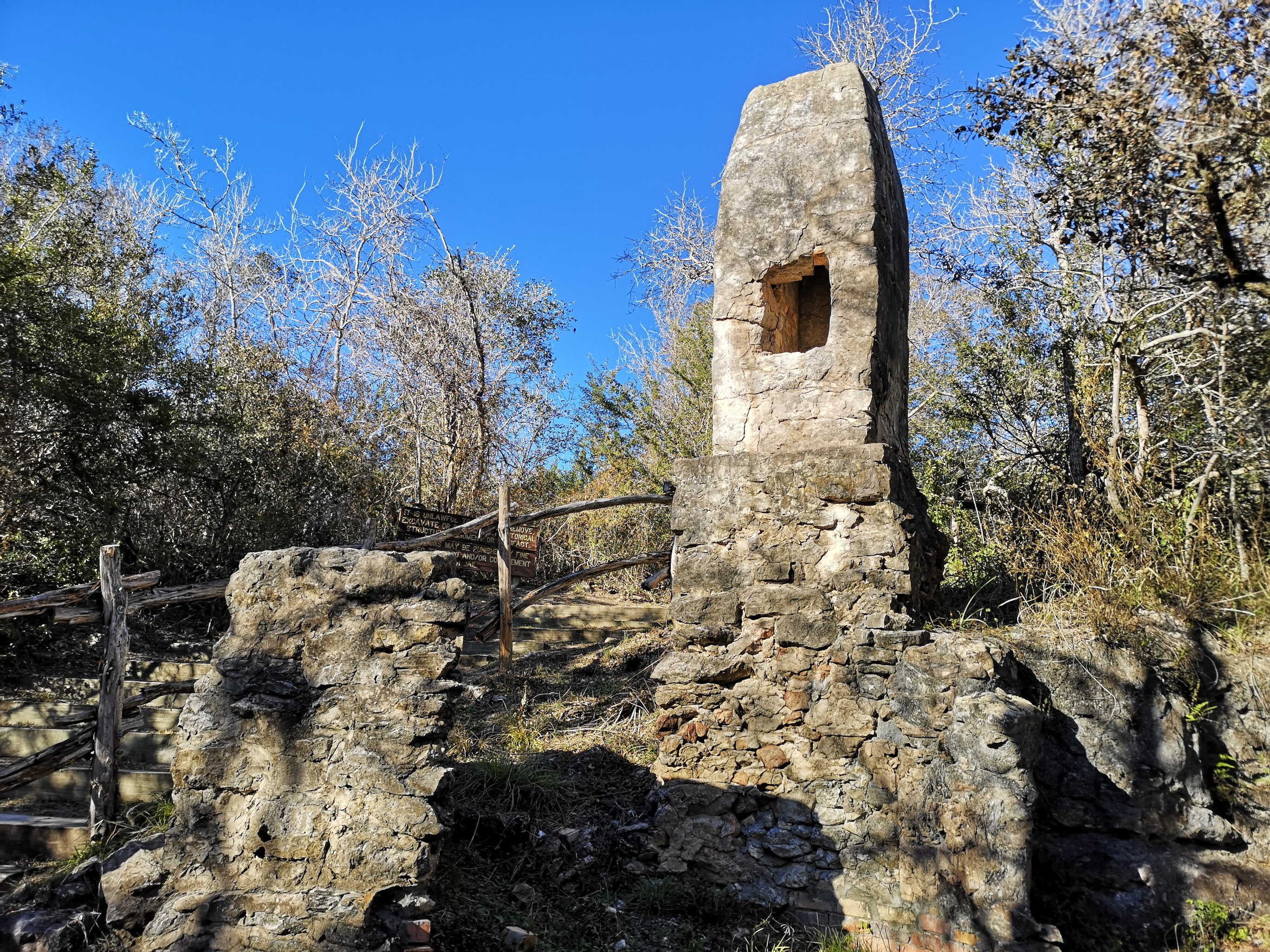
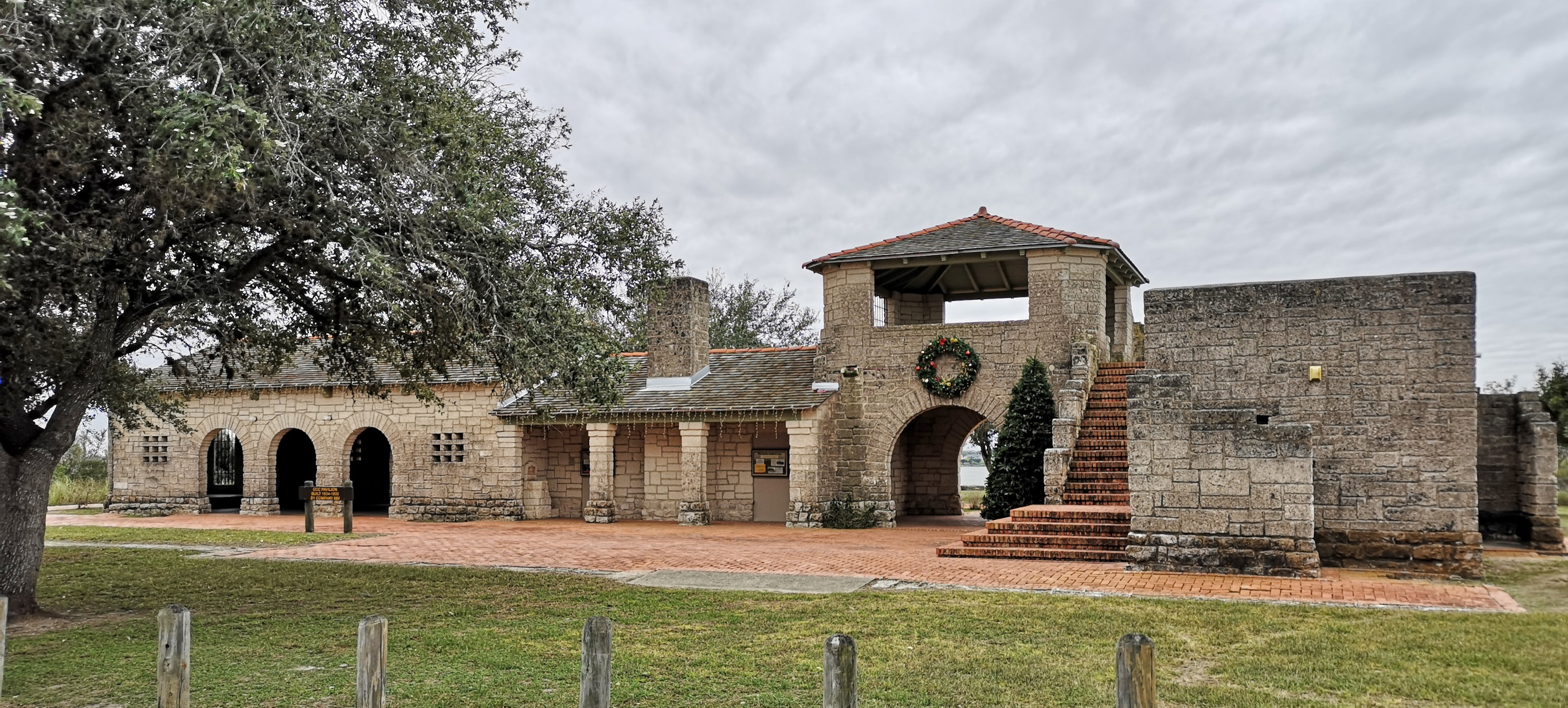
During our stay, we walked all the trails in the park and saw lots of wildlife, including white-tailed Deer, great blue herons, white herons, egrets, cardinals, and leaf-cutter ants, and the coolest thing we saw were green jays. Unfortunately, we couldn’t get a picture of them, they are usually found in Mexico and South America, but they also come to this area of Texas. The other cool thing we saw was the caterpillar of a pipevine swallowtail butterfly. We hoped it found a warm place to survive the cold, as we saw it on the first day before the temperature dropped 50 degrees Fahrenheit (10 degrees Celsius) in 4 hours!
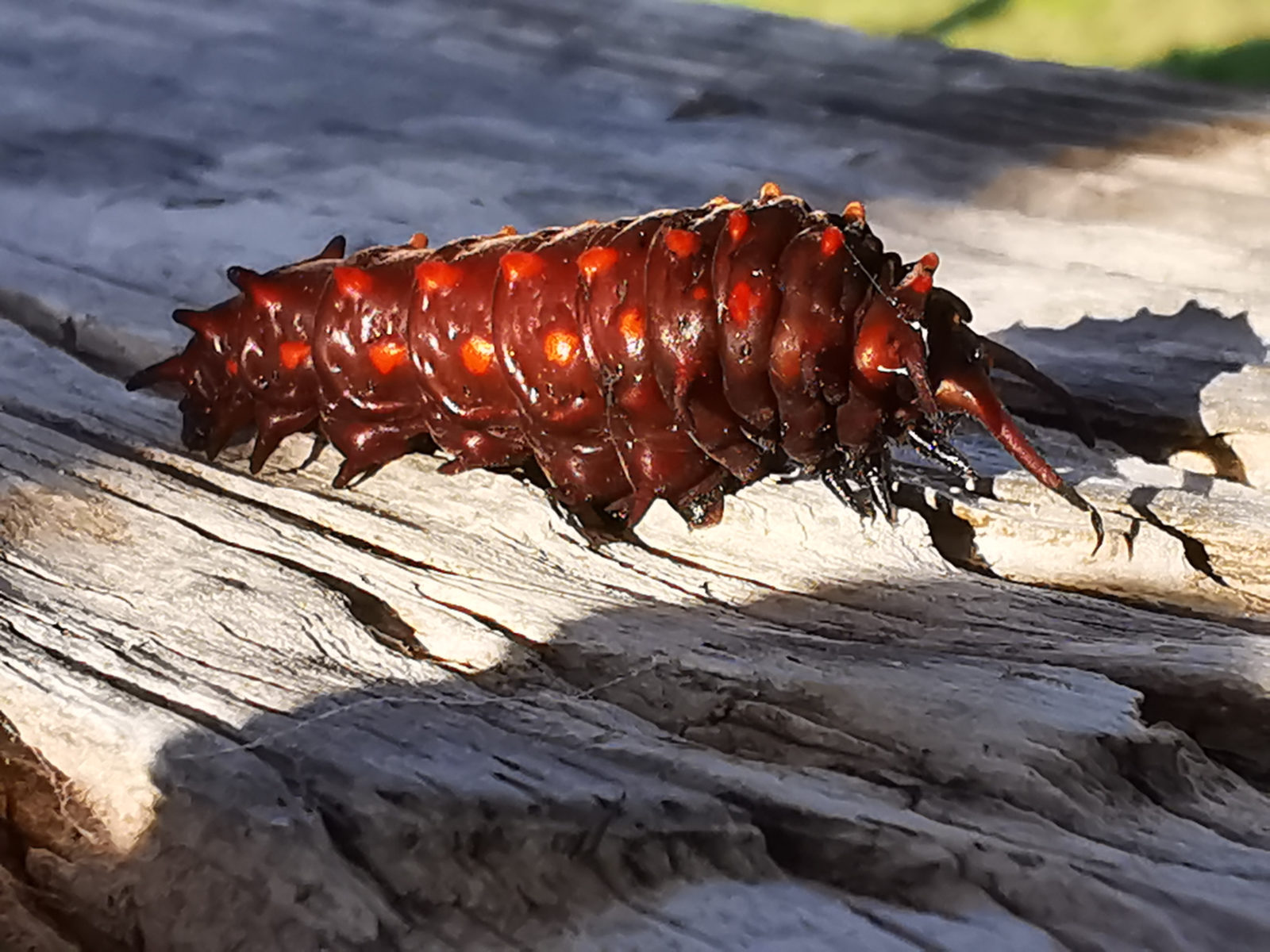
Goliad State Park and Historic Site
Goliad State Park and Historic Site have the Mission Espiritu Santo and the birthplace of General Ignacio Zaragoza. We were in the Jacales Campground, so we walked the San Antonio River trail to see the Mission Espiritu Santo.
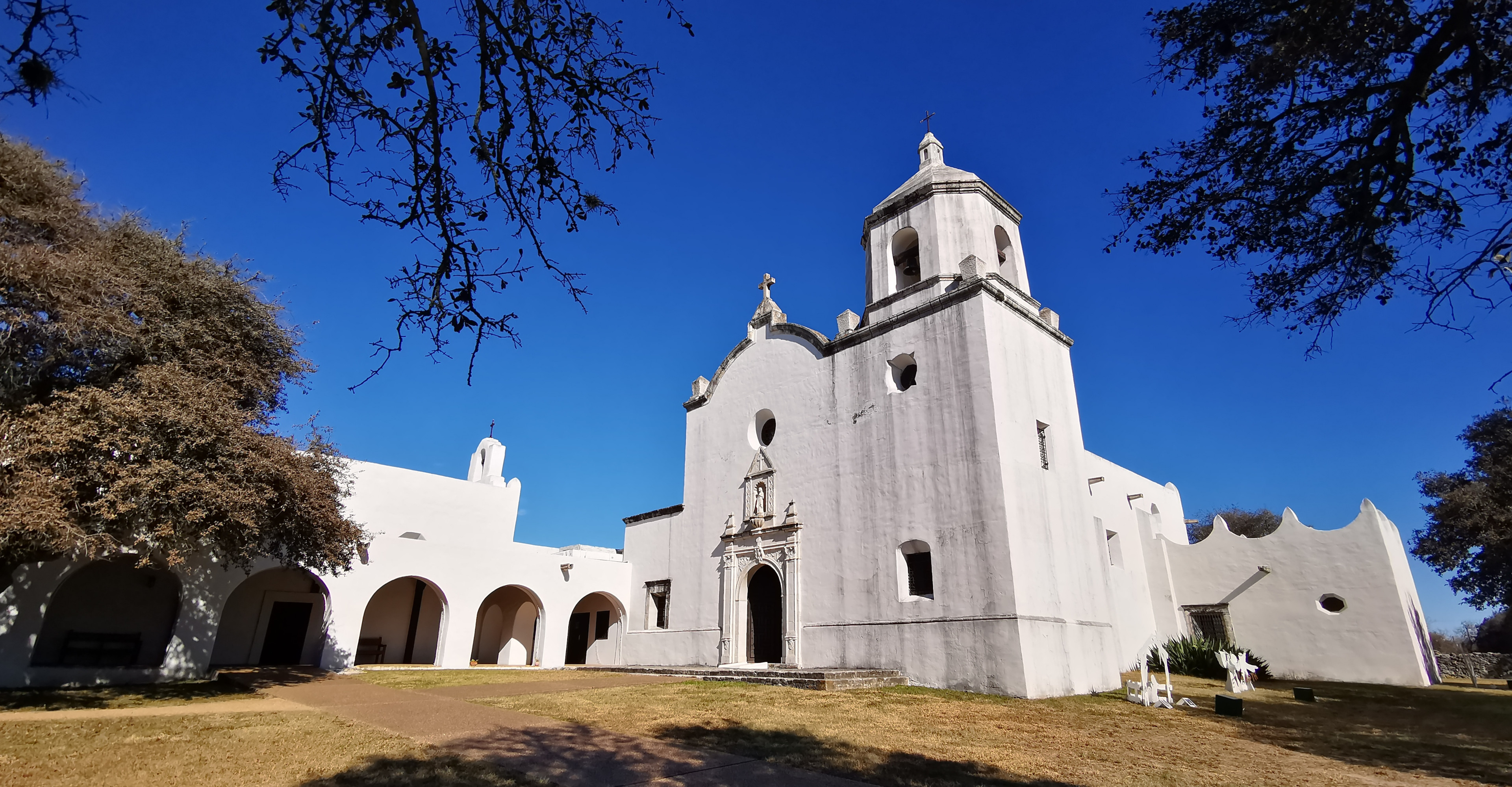
After touring the church, we went through the museum exhibits and around the grounds. There were two volunteers on the mission premises, and they were incredibly knowledgeable to answer any of the questions we had. Here are some of the key things we learned:
- Mission Espiritu Santo was established by the Spanish to defend its territory and convert the Native groups, Cujanes, Karankawa, Jaranames, and Tamiques, in hopes that they would help defend Spanish territory. It was moved to its current location along the San Antonio River in 1749, as this location was better for trade routes.
- In 1758 about 180 people resided at the Mission and Fort, mainly living in Jacales, which were crude clay-plastered brush huts thatched with grass. The surrounding area was good for grazing lands and fertile fields.
- The Columbian Exchange, sometimes called the Grand Exchange, is one of the most important events in history. It was the exchange of goods and ideas between the Old World and the New World. It started in 1492 when Christopher Columbus arrived in North America. Before the Columbian Exchange, there were no oranges in Florida, no bananas in Ecuador, no paprika in Hungary, no zucchini in Italy, no pineapples in Hawaii, no rubber trees in Africa, no cattle in Texas, no chili peppers in Thailand and India, no cigarettes in France, and no chocolate in Switzerland!
- Mission Espiritu Santo officially closed in 1830, and the last Spanish priests withdrew from Mexican Texas. For over 100 years, the mission had served an important role in the development of early Texas.
- In 1932 Goliad County deeded the land to the state for a park, and from 1936-1939 the CCC partially restored the Mission.
On another day, we walked over to the birthplace of General Ignacio Zaragoza and the Presidio La Bahia Fort and church, one of the most fought-over sites in Texas.

Presidio La Bahia was established along the San Antonio River in 1749 and was the location for the first major Texas cattle drive from 1779-1782. On May 5, 1862, a battle occurred in Puebla, Mexico, when General Ignacio Zaragoza led 4000 poorly armed men and defeated the French forces of Napoleon III, who had 8000 soldiers. This heroic victory gave Mexico its great national patriotic anniversary, “El Cinco de Mayo.”
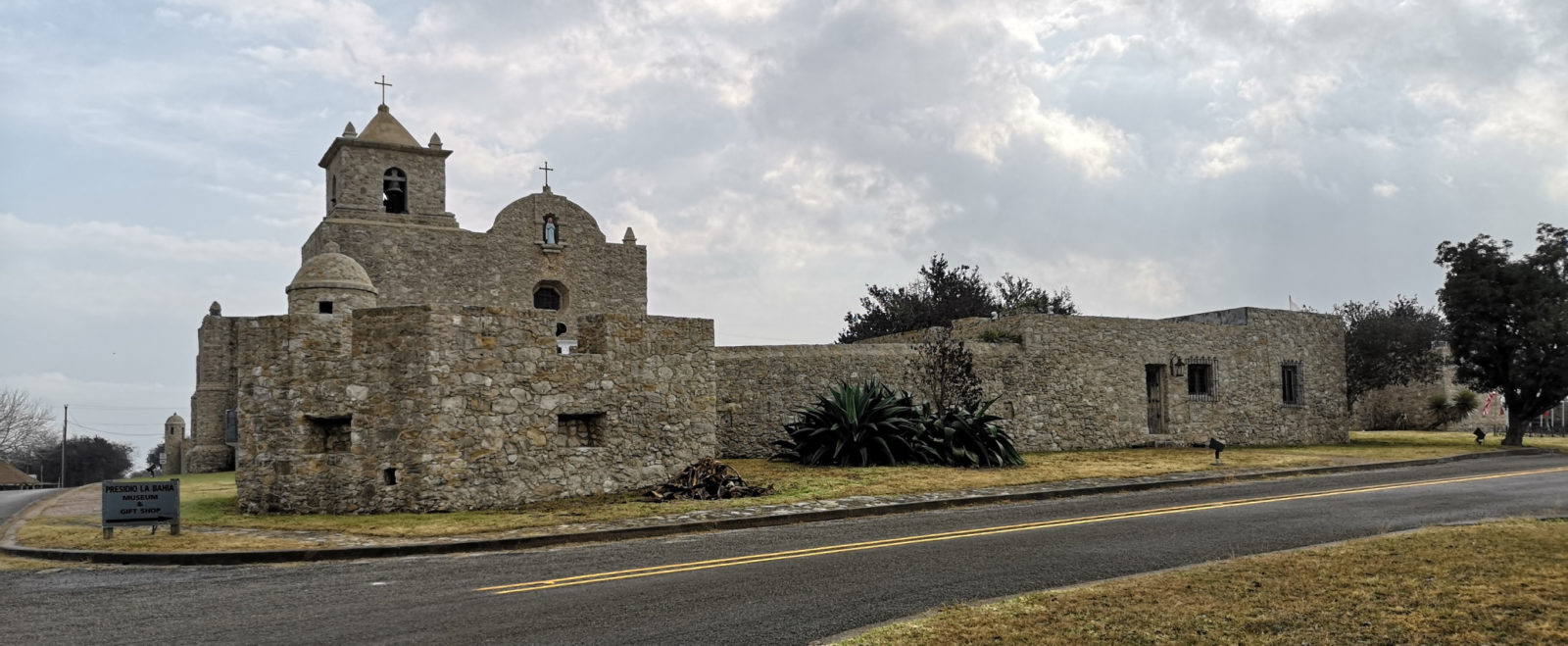
Choke Canyon State Park
After a stop in the historic town of Goliad to look around, we went to Choke Canyon State Park.
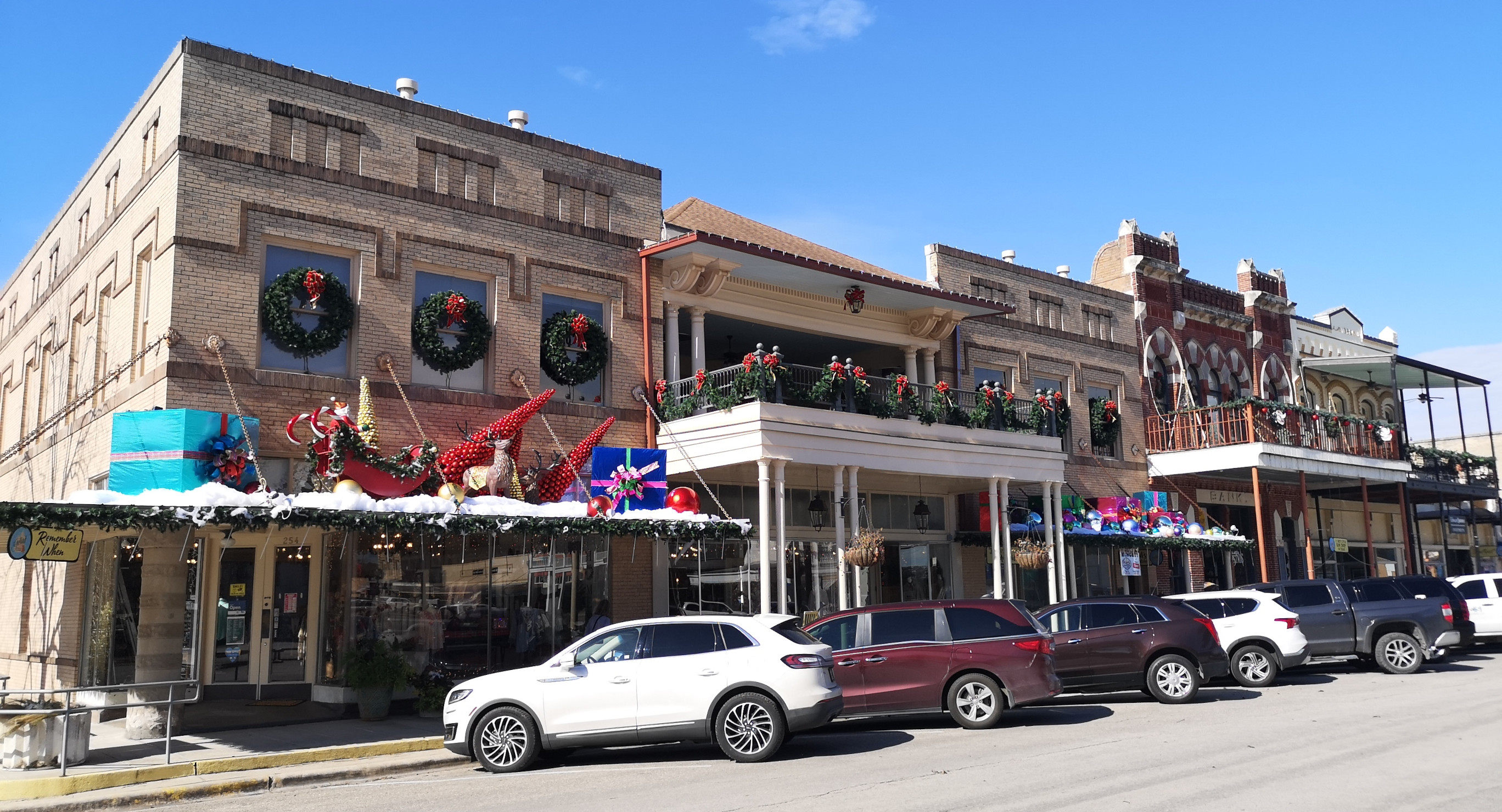
The campsites were very separated in this park which we liked, but we had issues with wasps. The weather had gotten warmer, so we had our fans open, and they filled up with wasps. Eventually, we had to dismantle them and clean all of the dead wasps out. You never know what issues you’ll have to deal with when RVing.
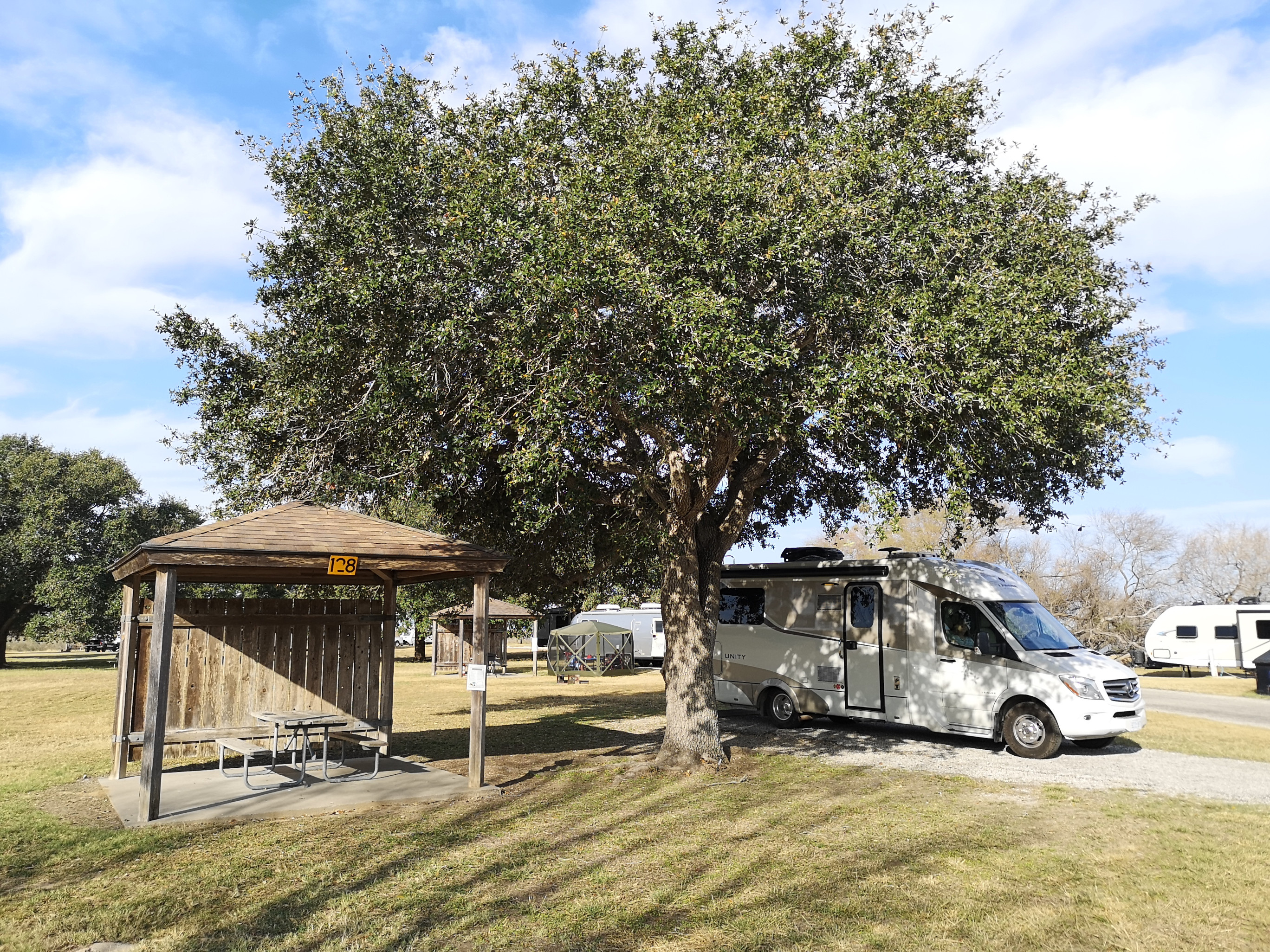
Sharon was under the weather at this park, so we didn’t do too much hiking, but we did see some javelinas. There were lots of duck hunters and fishermen out on the lake.
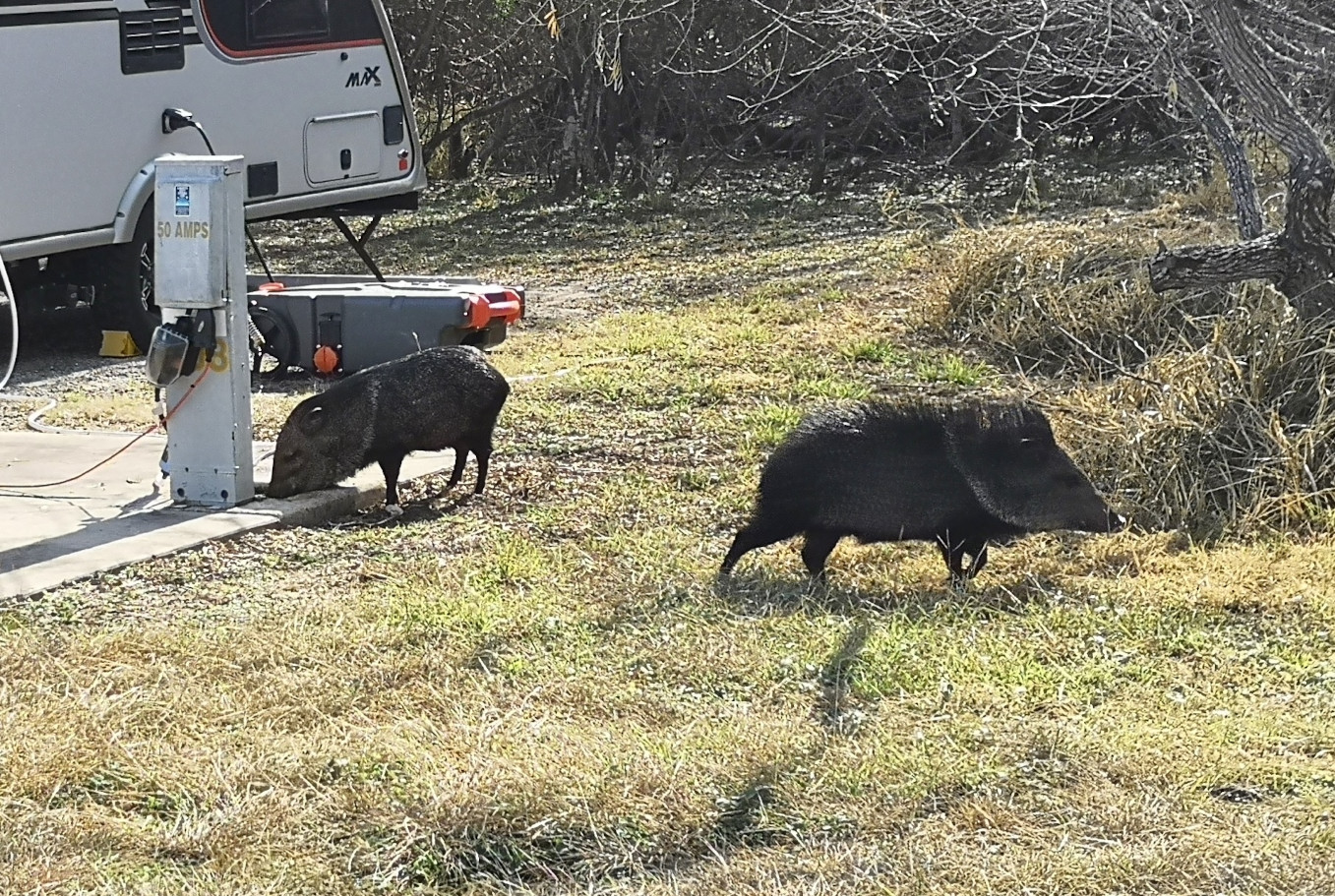
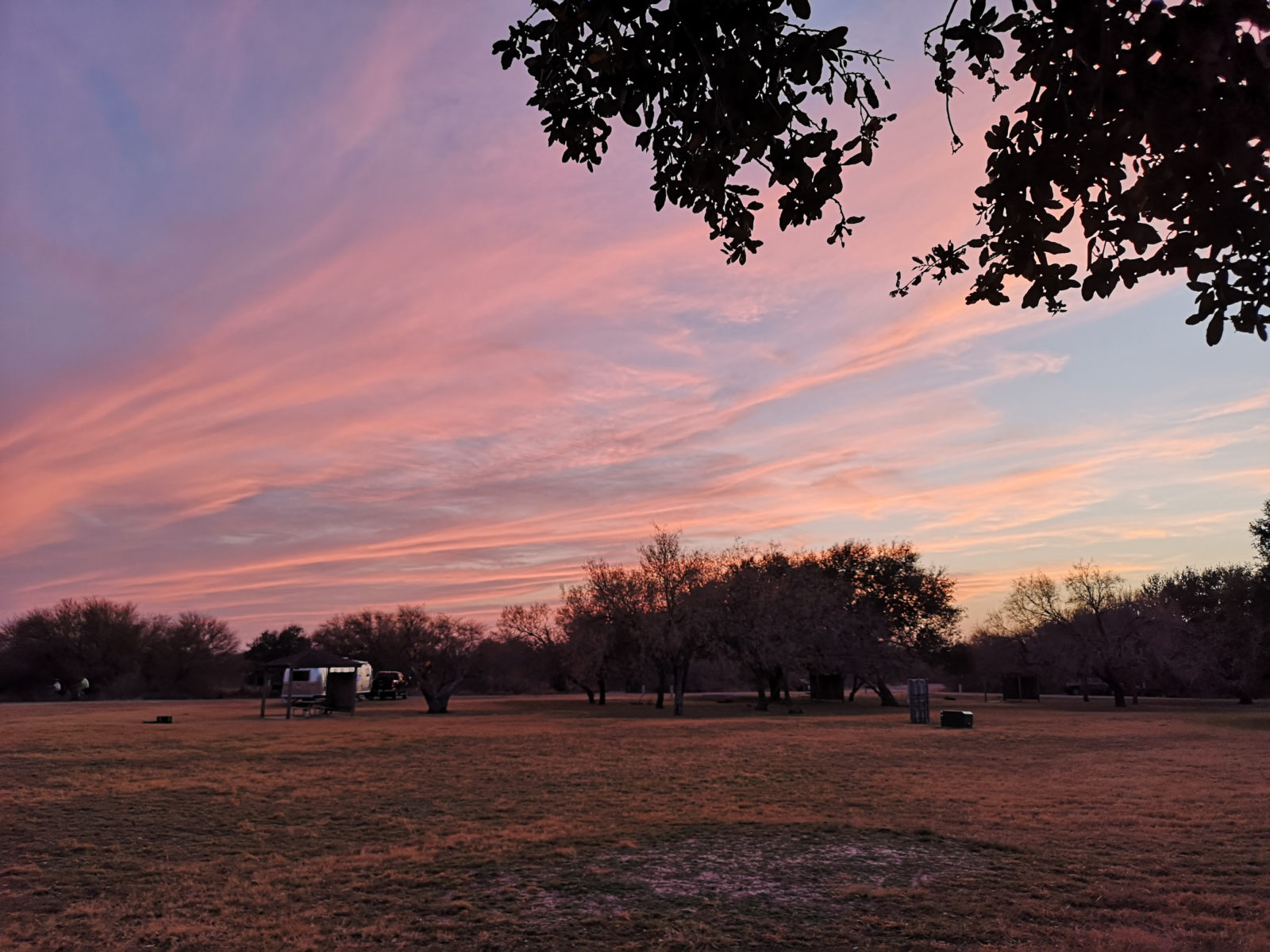
Palmetto State Park
A friend had told us about Palmetto State Park, so we decided to check it out. There are only a small number of electric sites, so we settled for a non-service site. Our campsite was close to the low crossing point of the San Marcos River, so we went across to see the 1935 CCC-built Refectory (a communal place for meals). It was cool how they had built the walls up like it was coming straight out of the ground. Originally the roof was thatched with 35,000 palmetto leaves from the park.

This park is unique due to the dwarf Palmetto plants that aren’t found anywhere else in central Texas. We did the Palmetto Interpretative Trail and another unique feature was the 1936 ram jet pump system used to fill the water tower. It doesn’t use any electricity and instead uses the force of the rising column of water from the artesian well to send the water to the cistern on the top of the water tower, and it’s still operating today! On another day, we rode our mountain bikes on the other trails and back to the park office so we could get Wi-Fi (the park doesn’t have cell coverage).
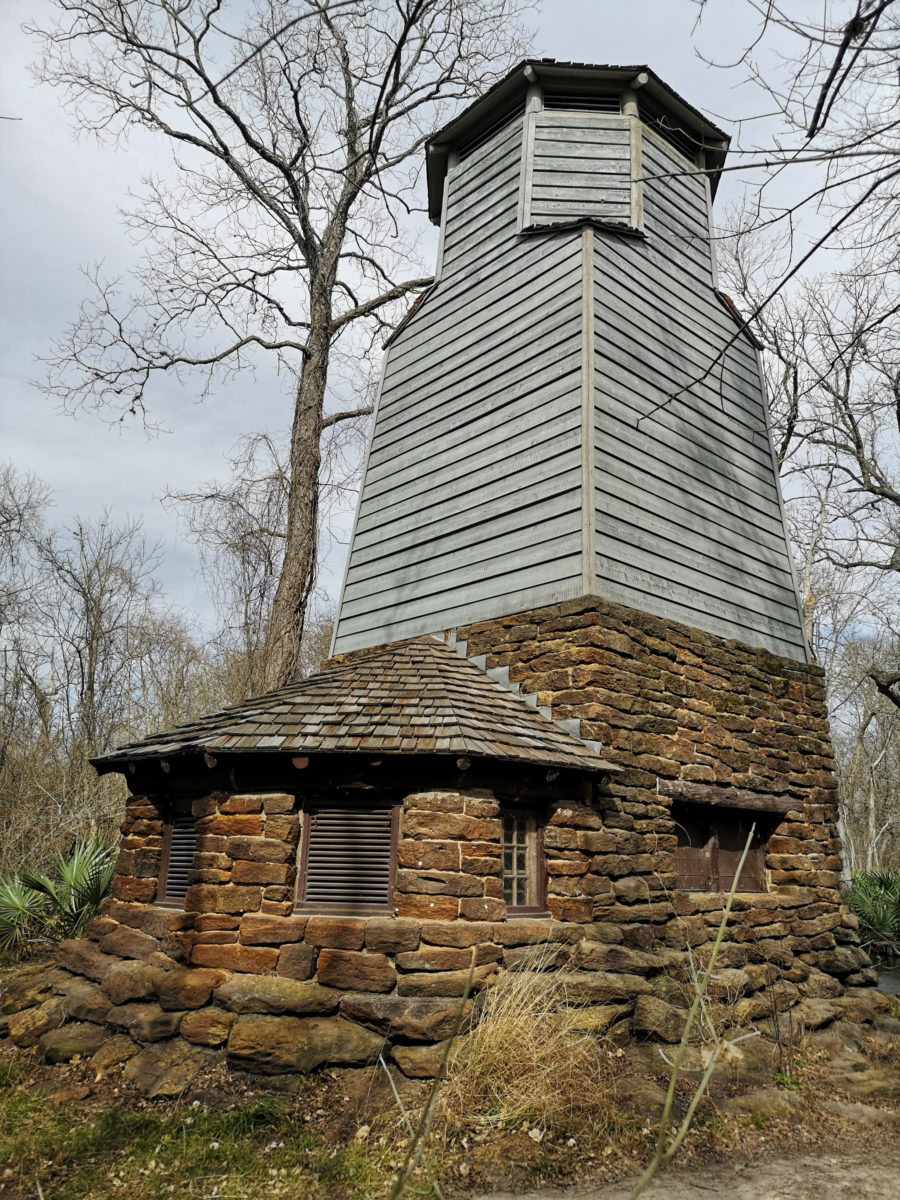
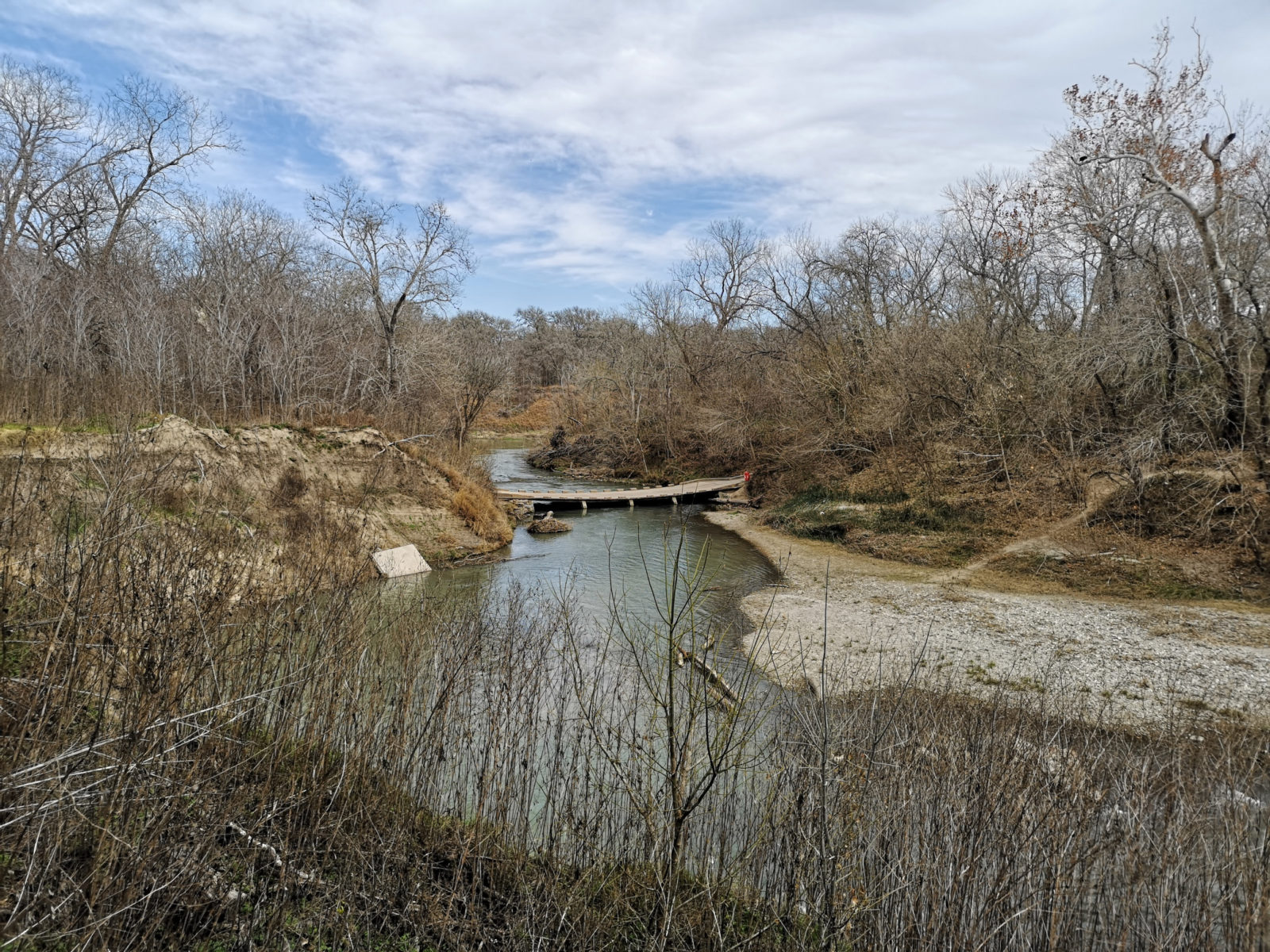
Lockhart State Park
The weekends are hard to get bookings in Texas State Parks, so we went to three different Harvest Host locations and then to Lockhart State Park on Monday. This was the first time on this trip we had another LTV camped a few sites away.
This park has a golf course, so if you’re a golfer, this is a great place to visit. We hiked all the trails and saw more of the CCC history.
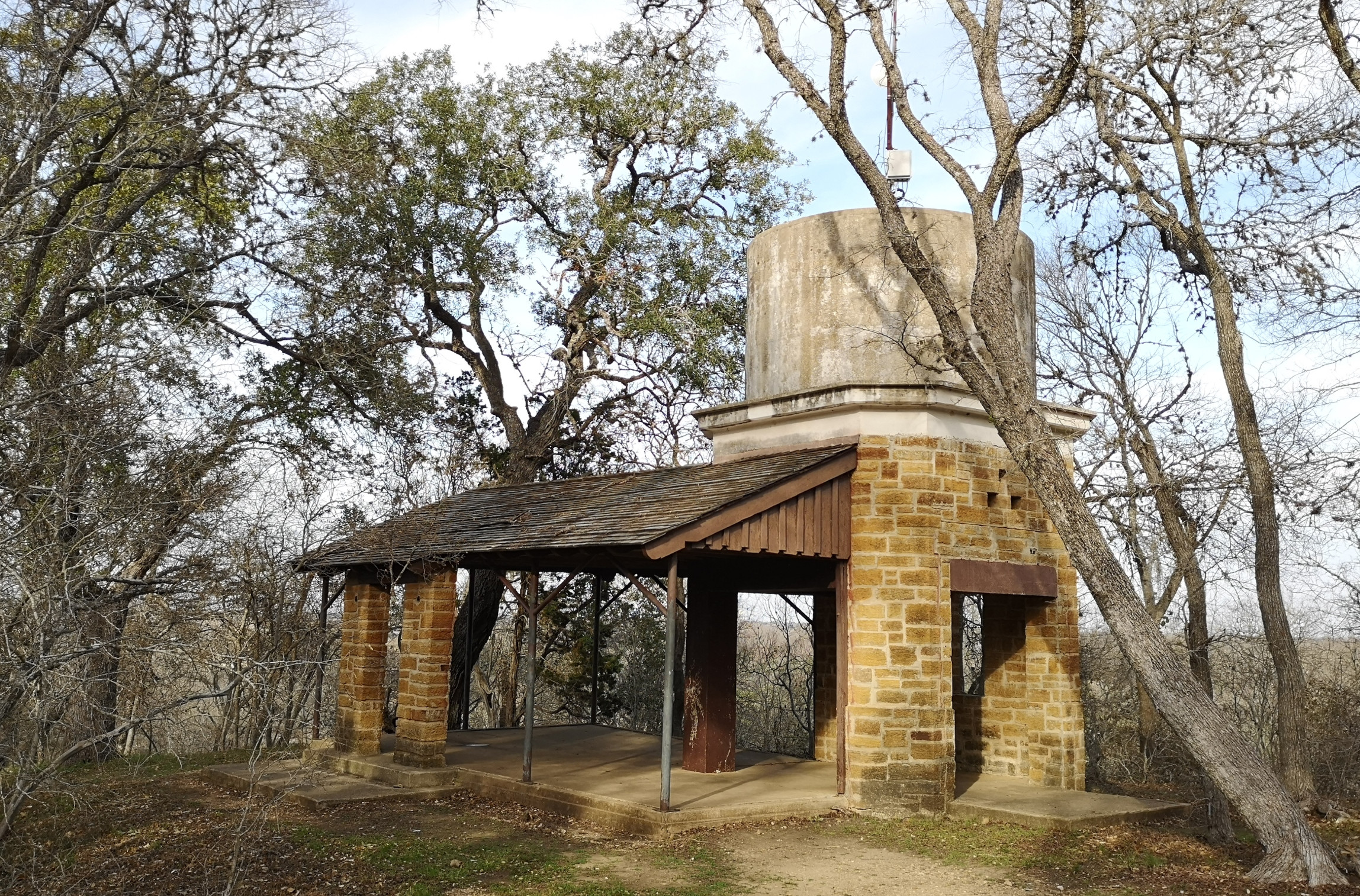
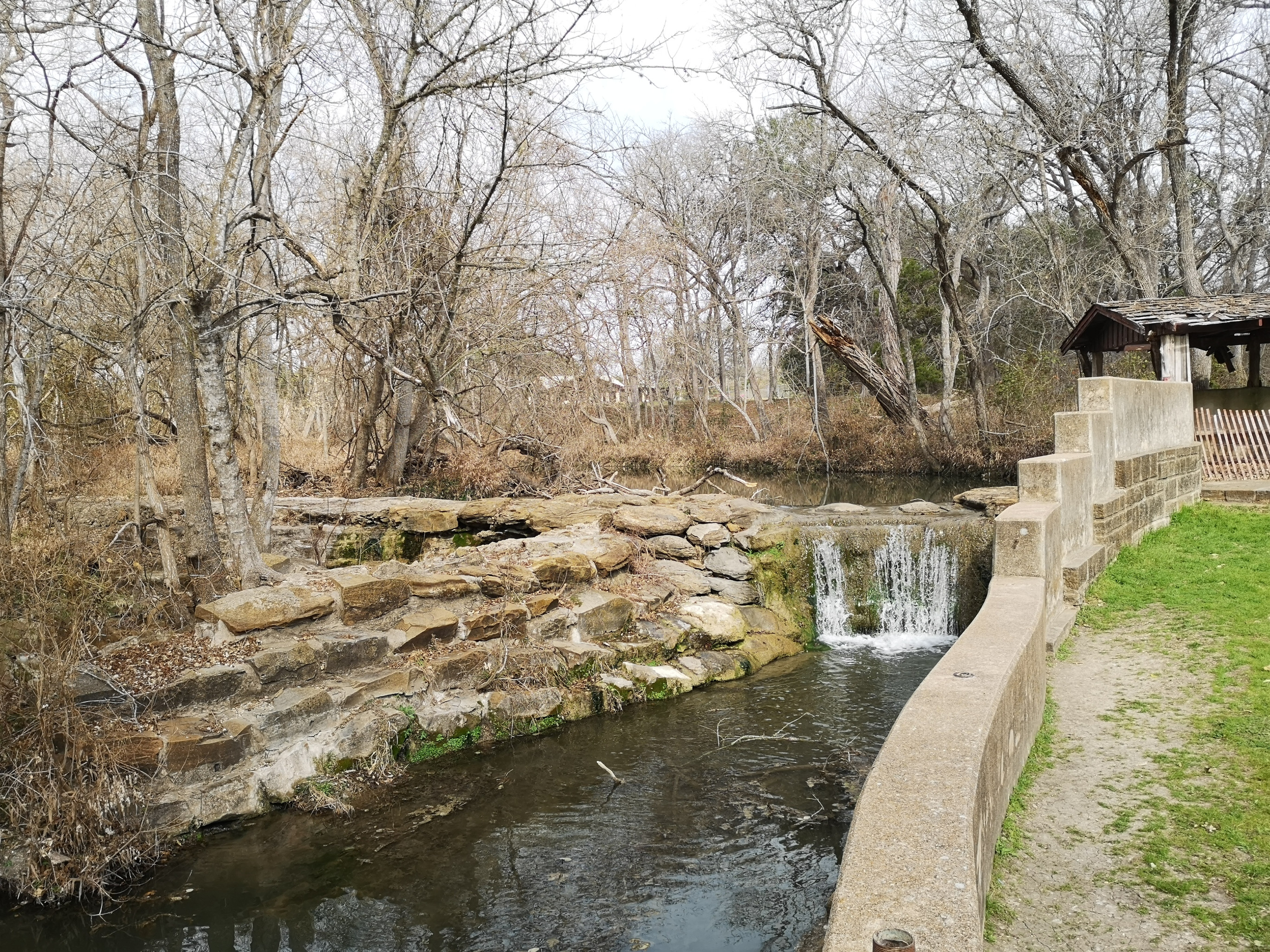
The town of Lockhart is considered the BBQ capital of Texas, so there are lots of places to get your fill of BBQ. Our favorite was Terry Black’s.
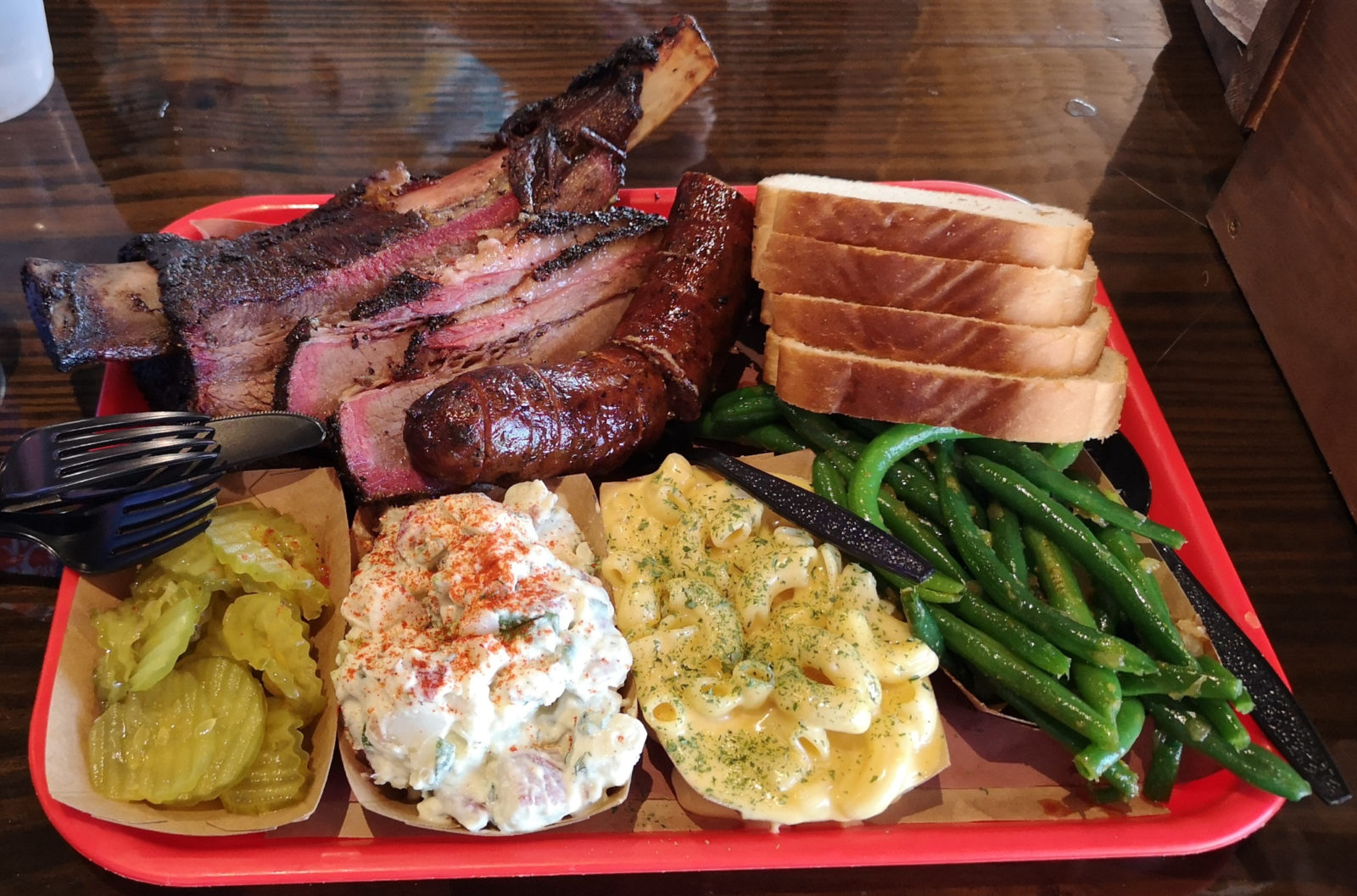
McKinney Falls State Park
North of Lockhart was McKinney Falls State Park on the southern edge of Austin. This park is famous for the Upper and Lower Falls.
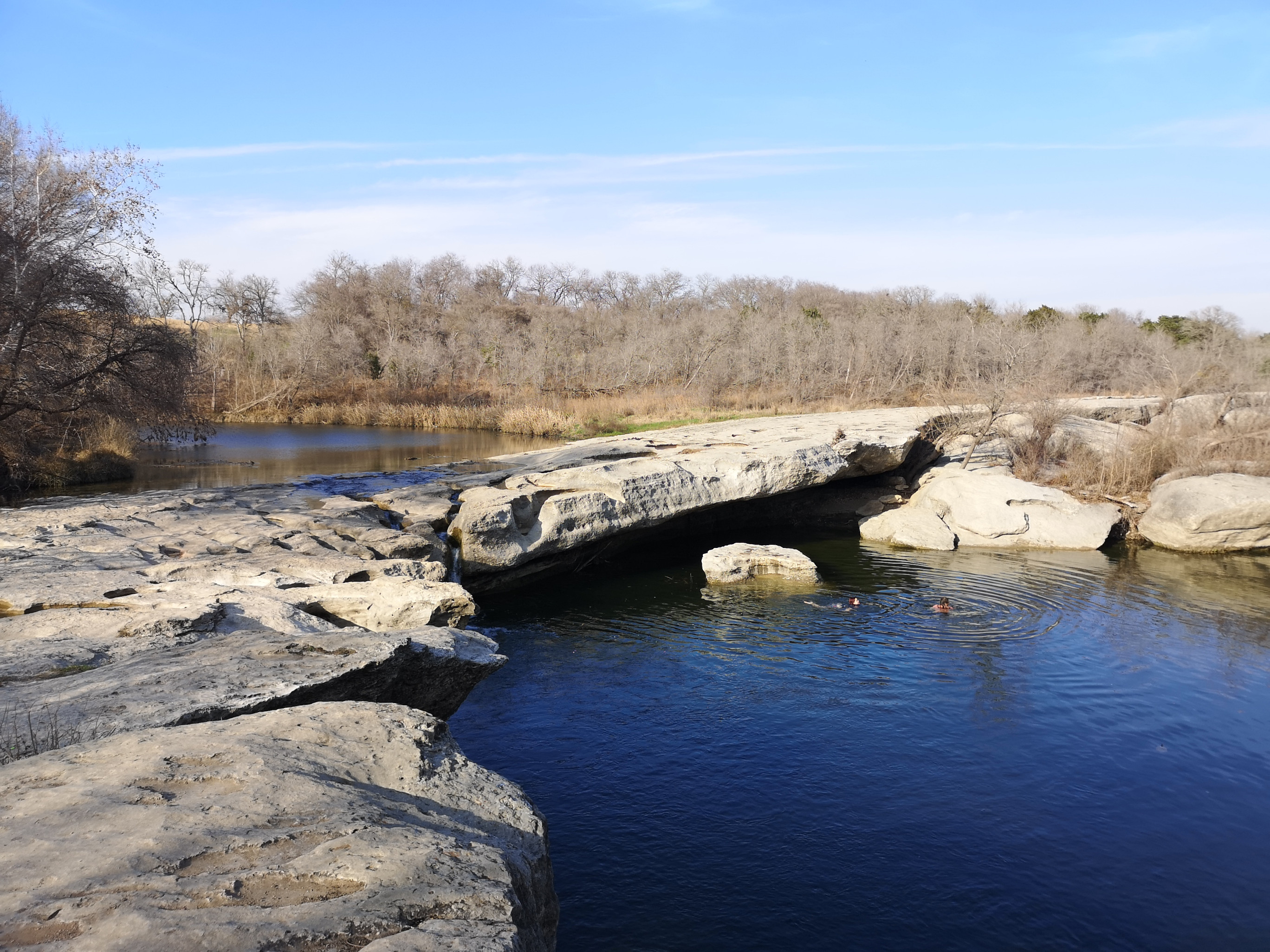
We also found the Rock Shelter Trail between them quite interesting as it had a 100-foot tall, 500-year-old Bald Cypress tree called Old Baldy, and the Rock Shelter was used by the Native Americans over 8000 years ago.
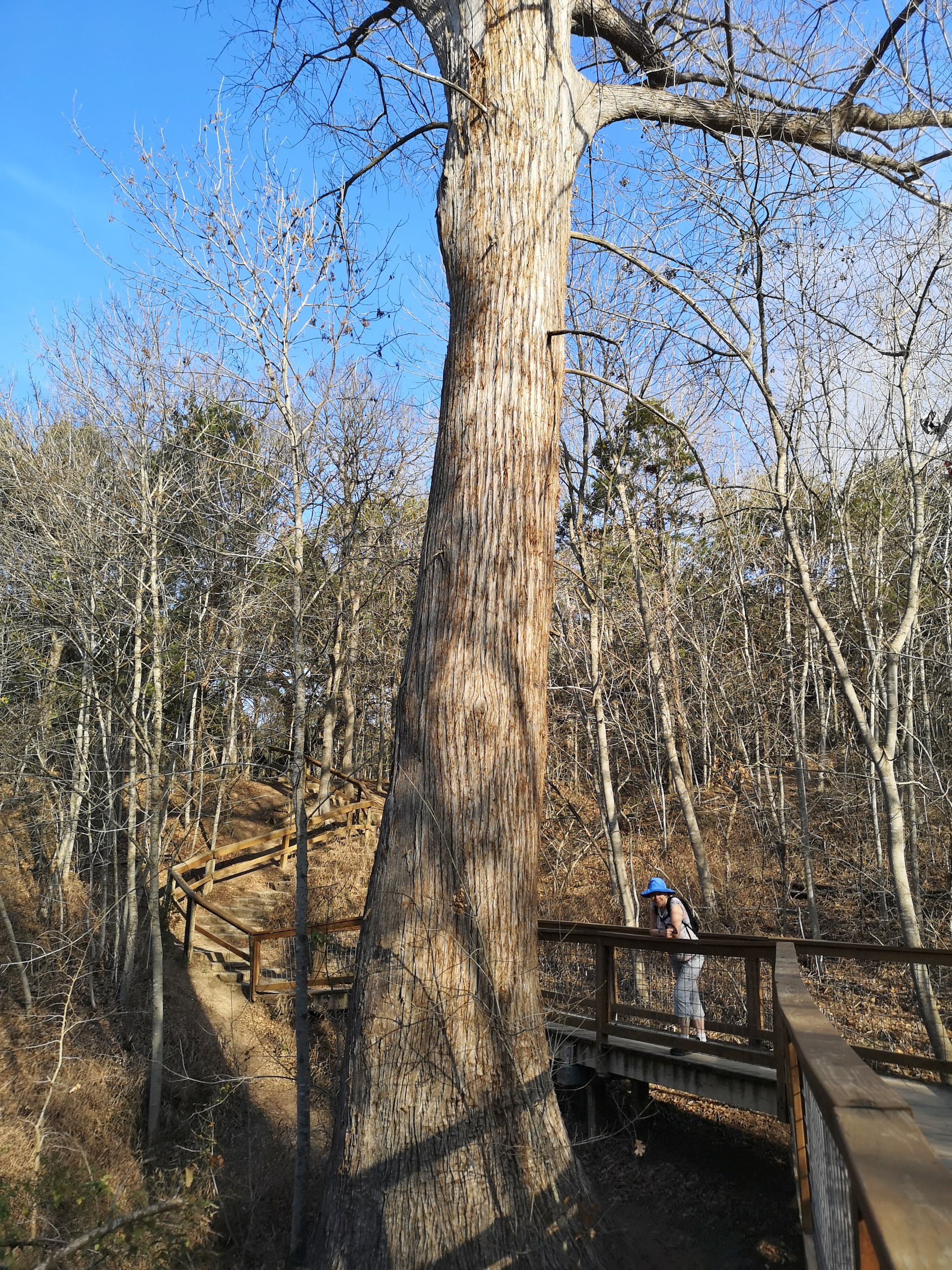
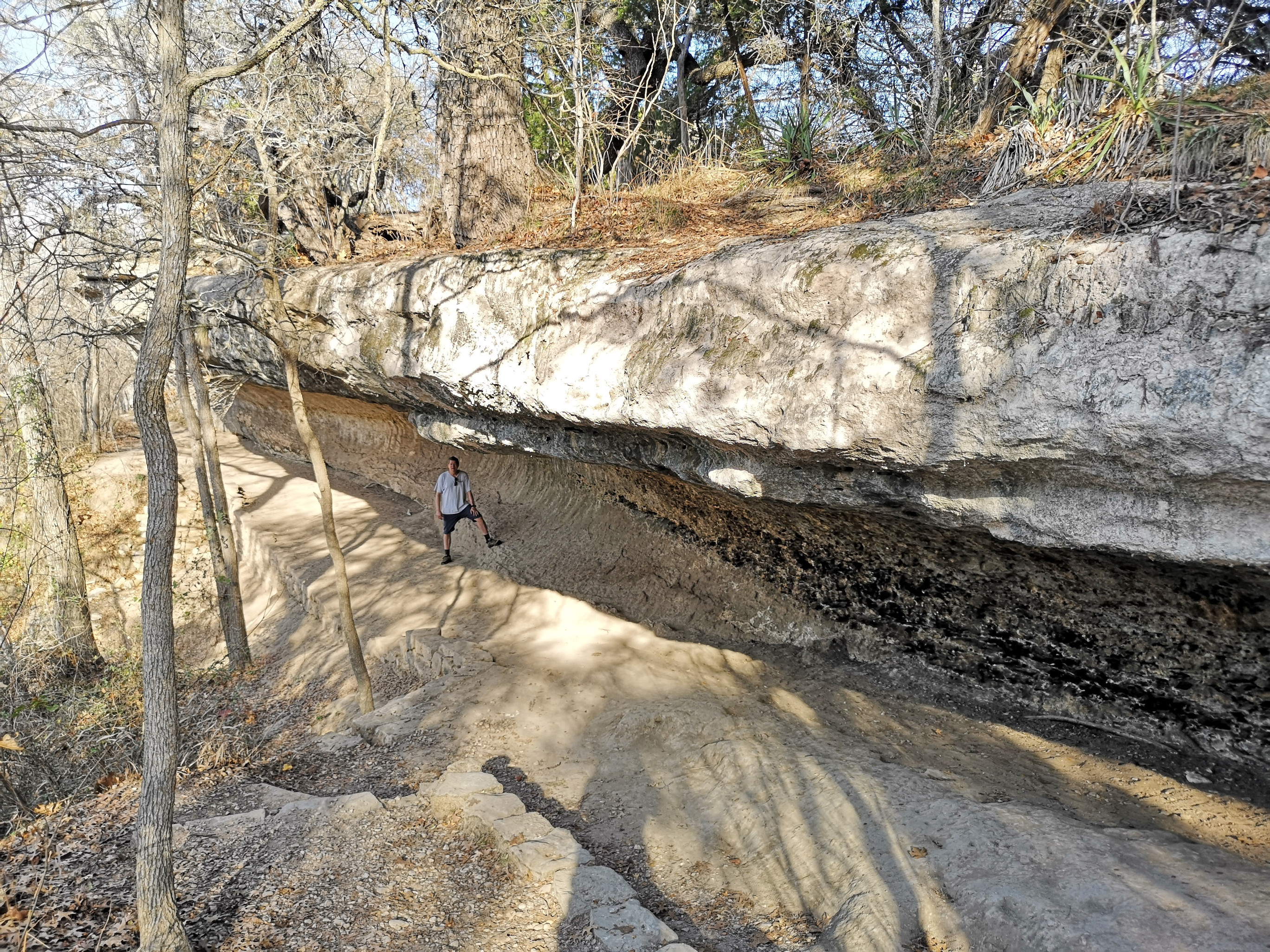
We also spent a couple of days mountain biking on the other trails to see the old McKinney Homestead and the Williamson Creek area. This park truly has a lot of beautiful things to see, so that you can spend several days here.
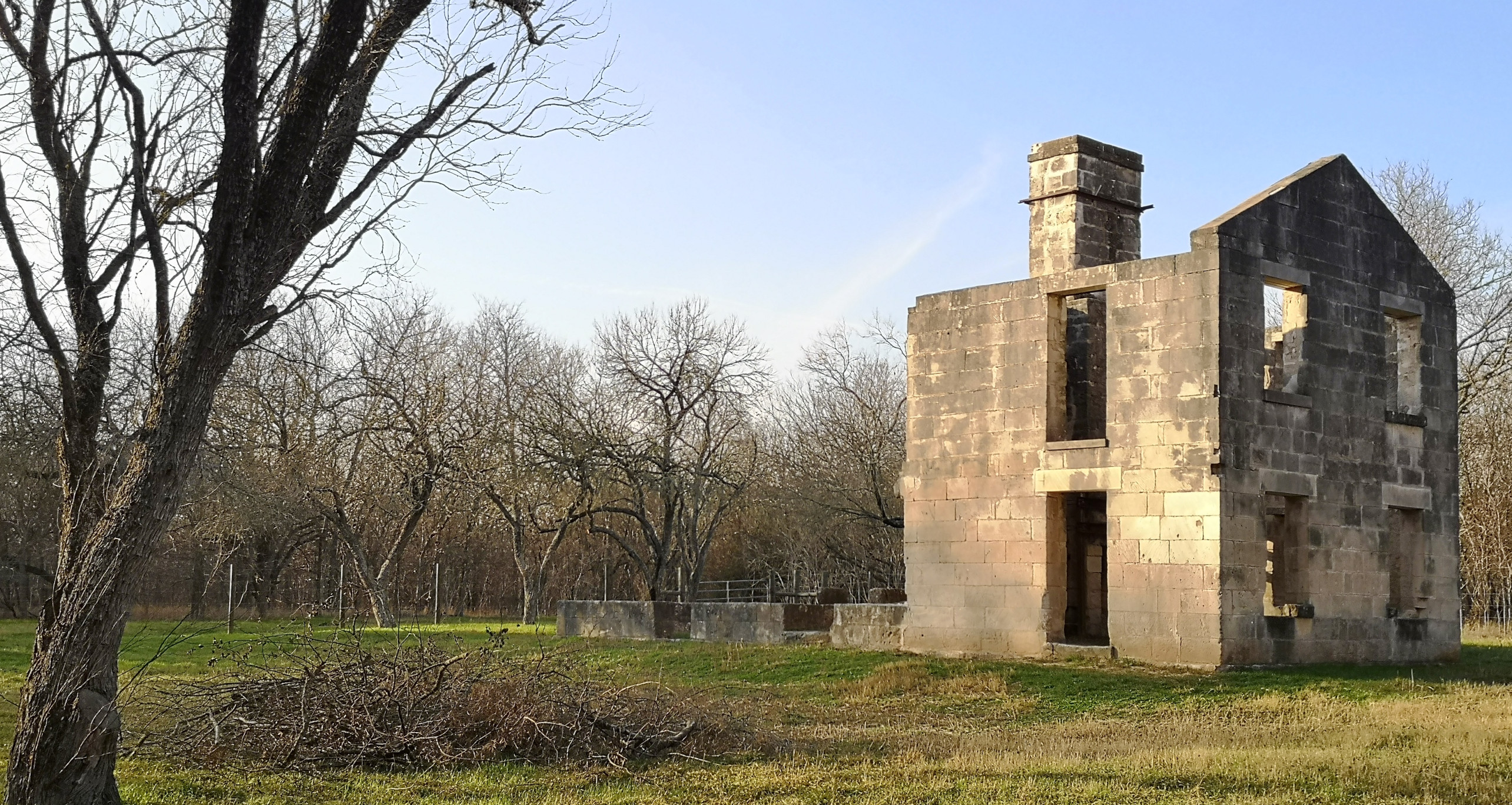
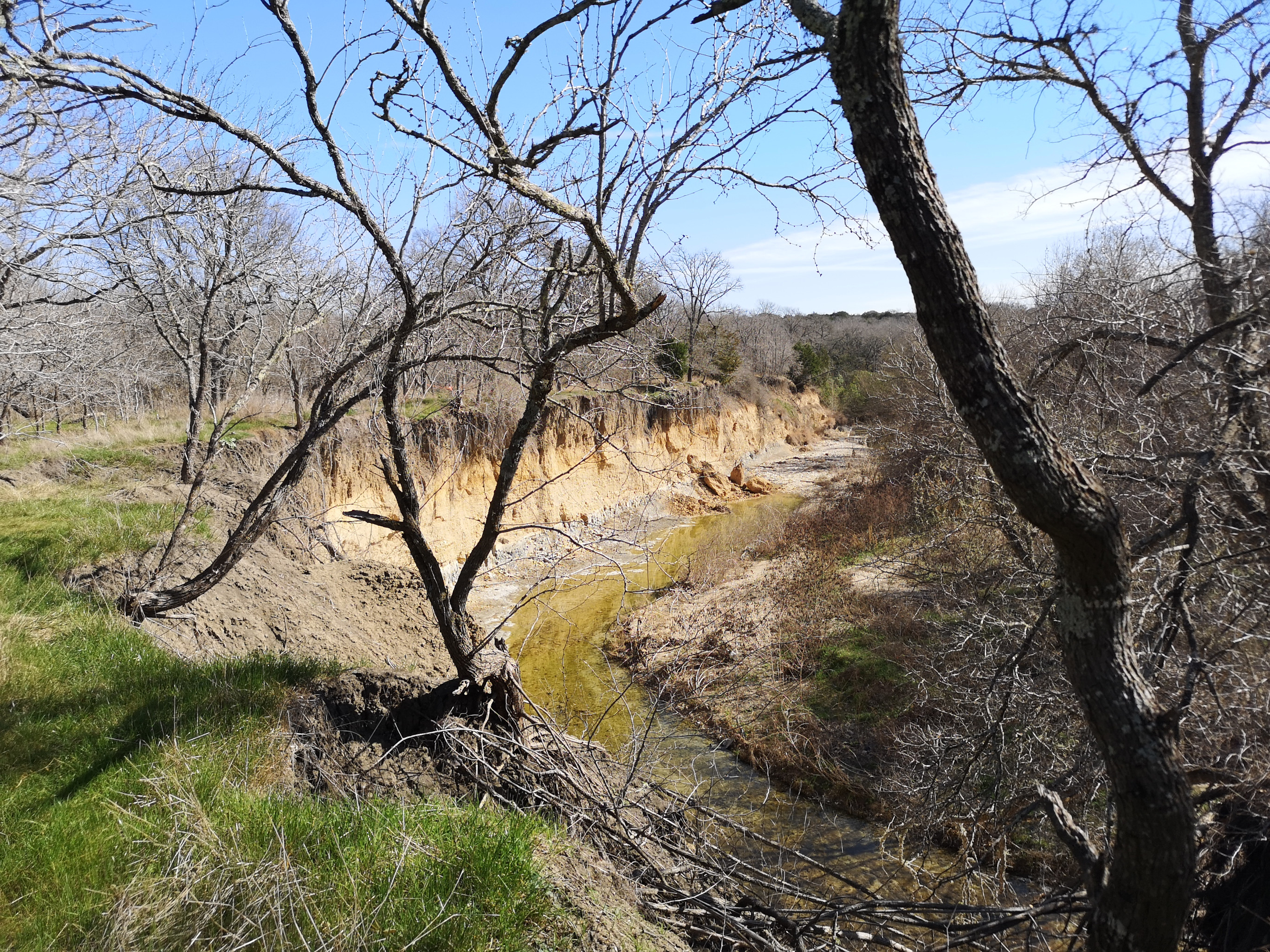
Blanco State Park
Next, we drove west through the Dripping Springs area towards Blanco State Park. There are 32 breweries, wineries, and distilleries in this area, so there are lots of places to stop and do some tastings. Blanco State Park is small, but it has a pretty location along the Blanco River and is close to the town of Blanco for restaurants and shops.
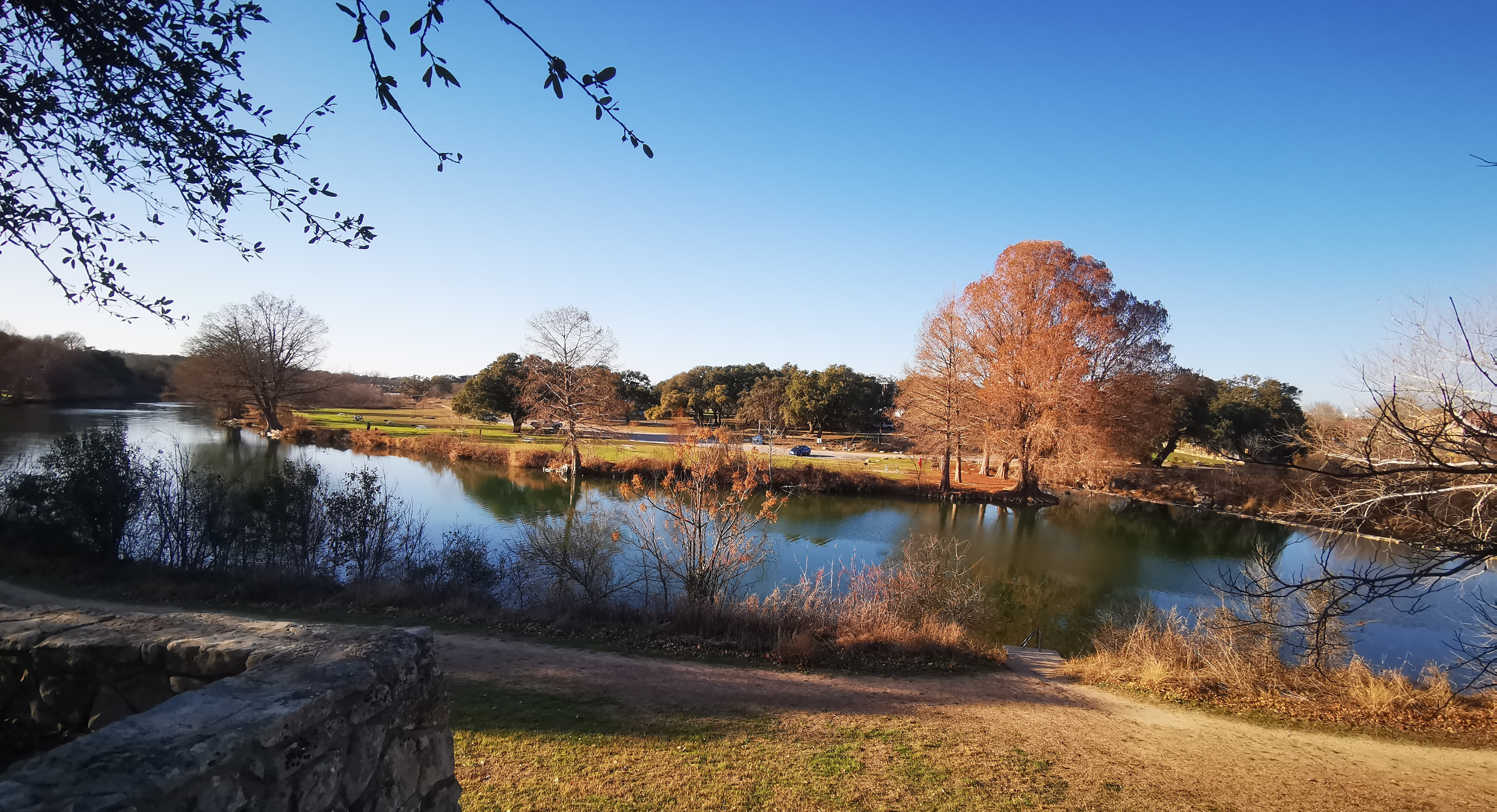
The park has some CCC remnants and a couple of short trails. In Blanco, we liked the wood buffalo products, gelato, and cheese at Oro Bianco Italian Creamery.
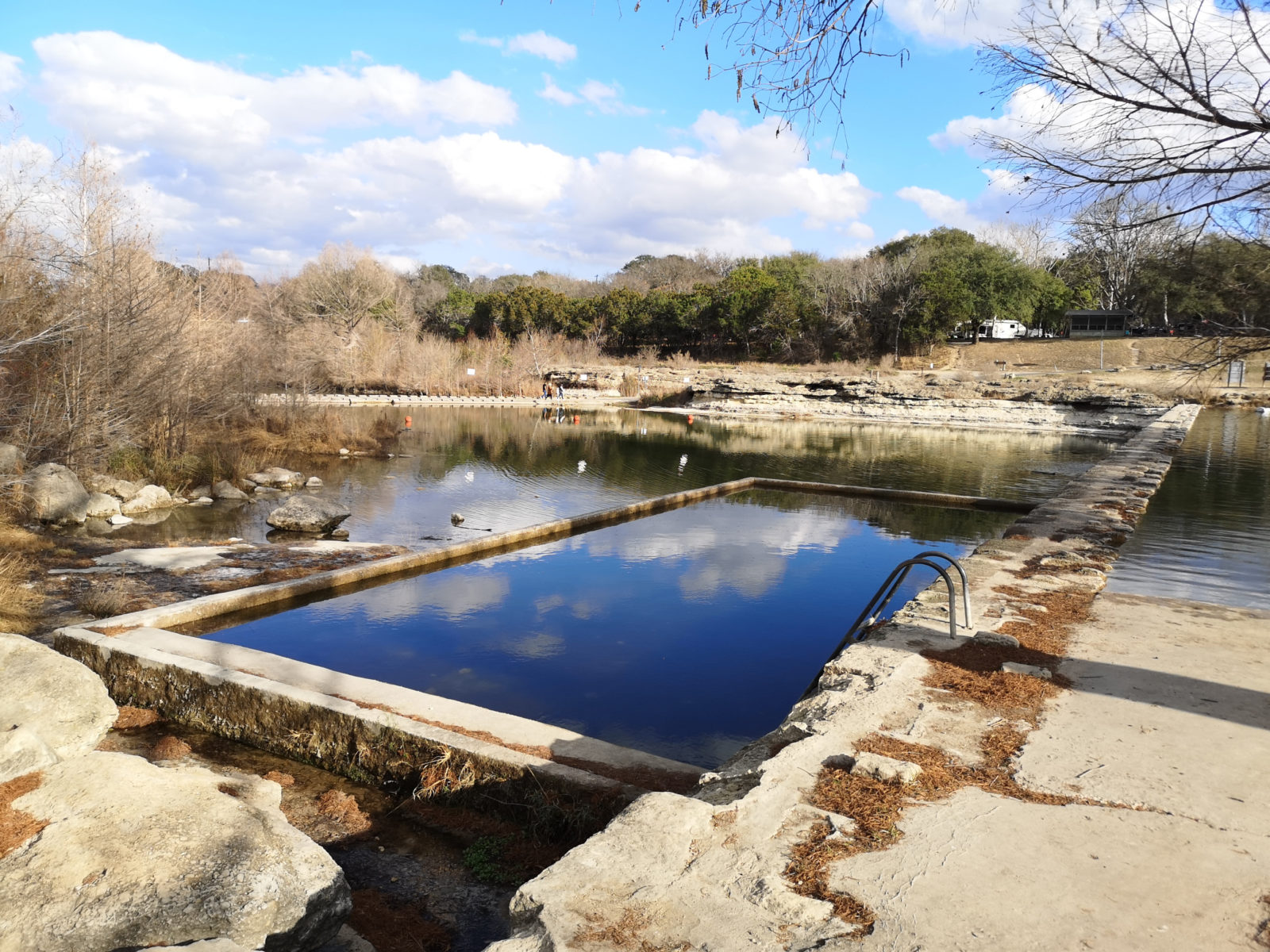
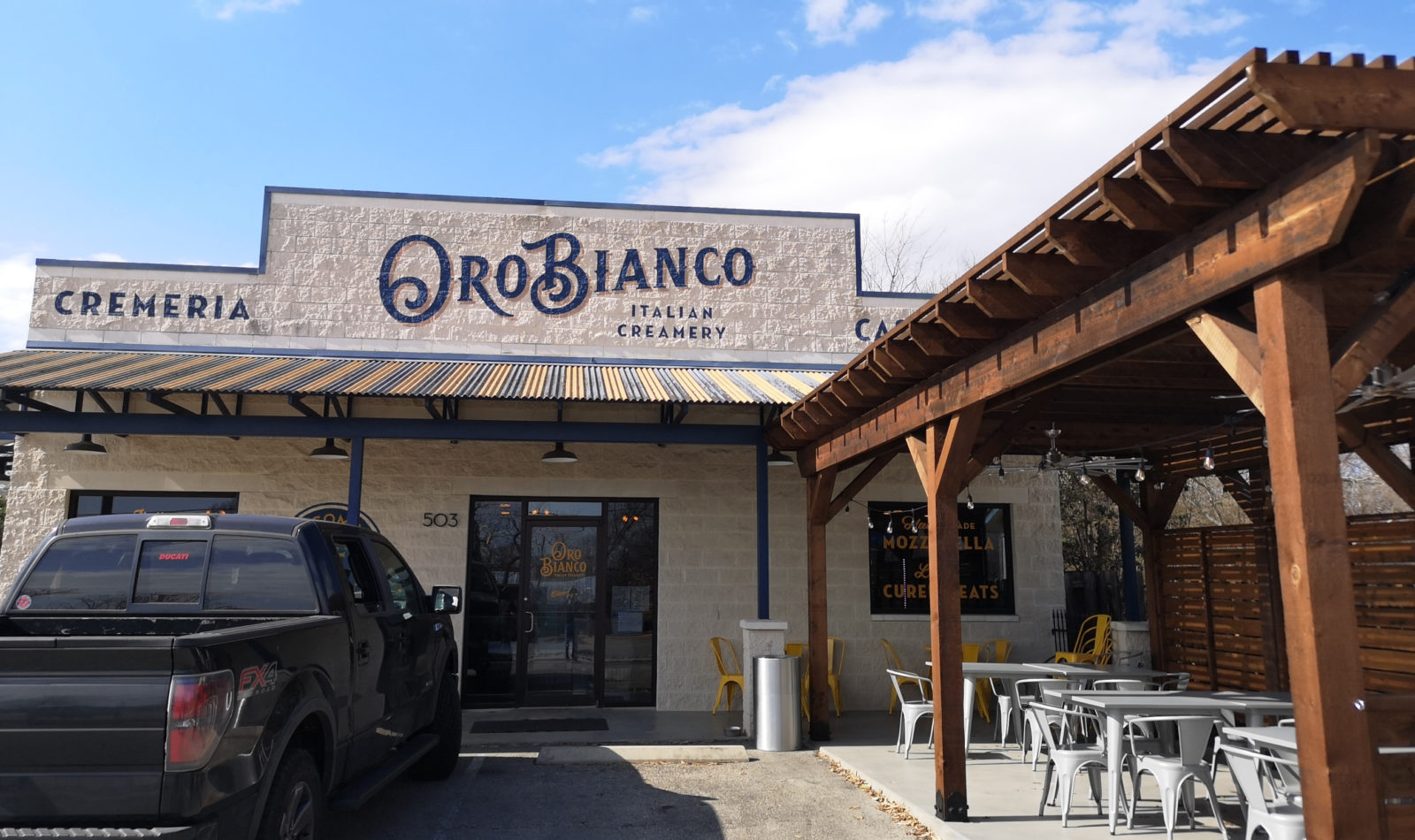
This will conclude Part 1 of our Texas State Park journey, and we’ll cover 11 additional parks in Part 2. We would love to know if you’re looking for additional information on the parks we shared.


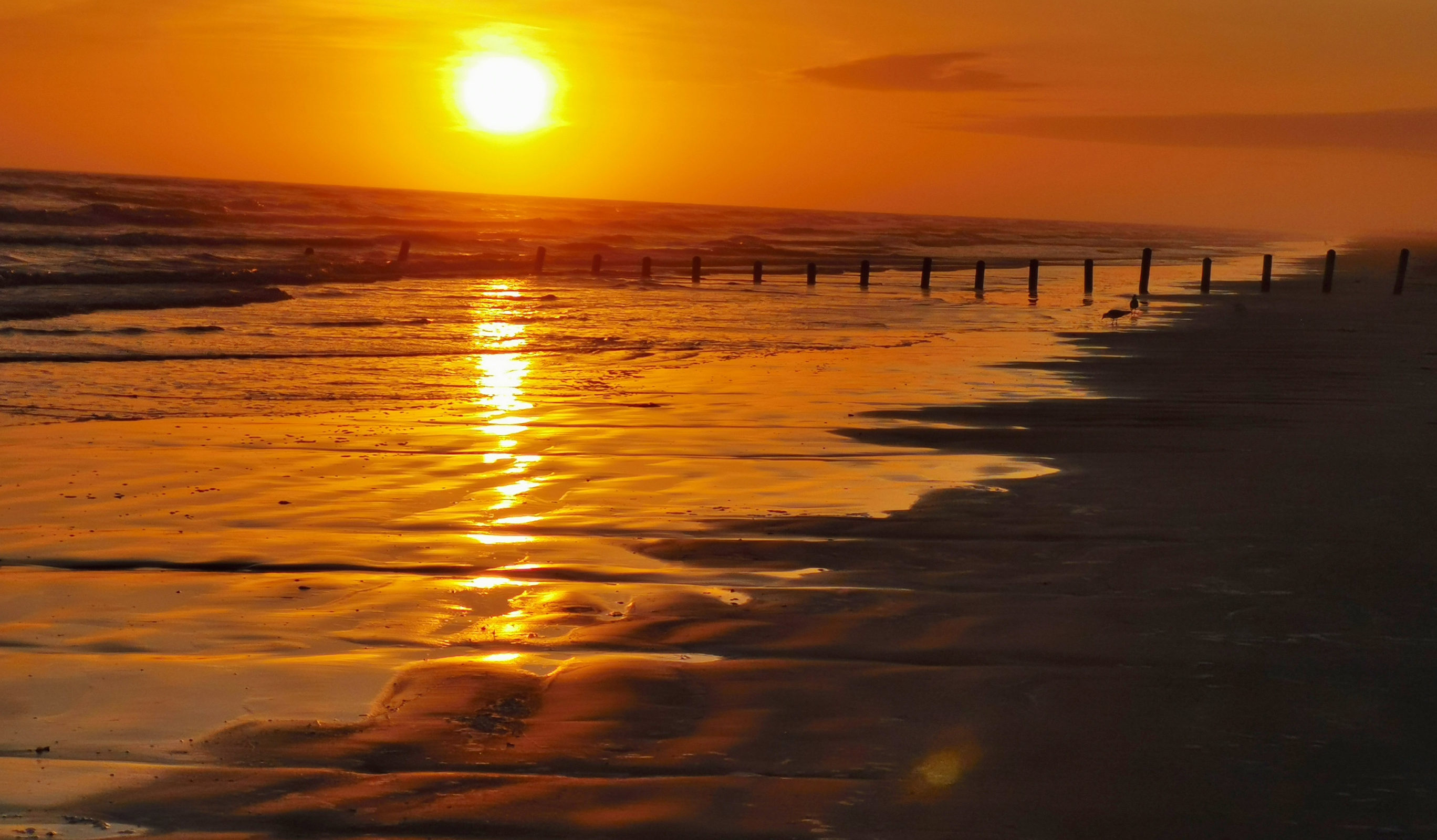


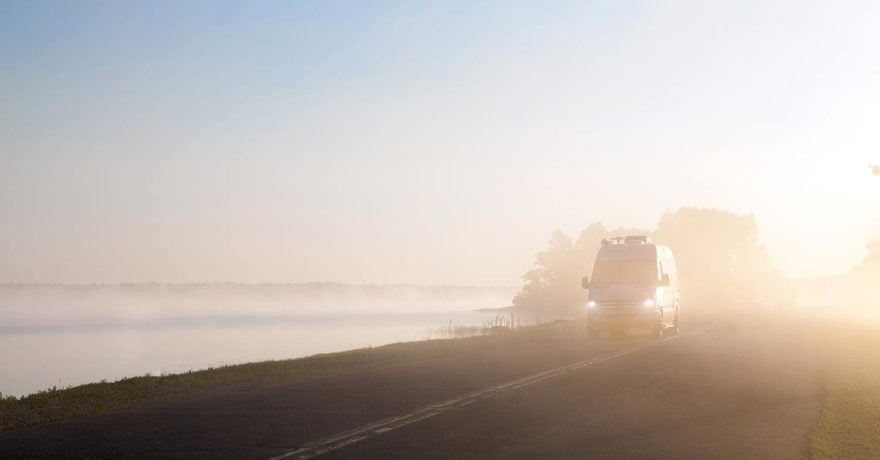
Comments